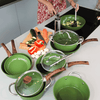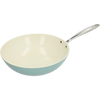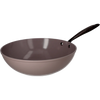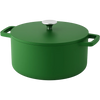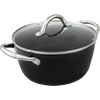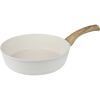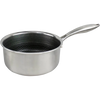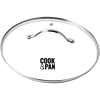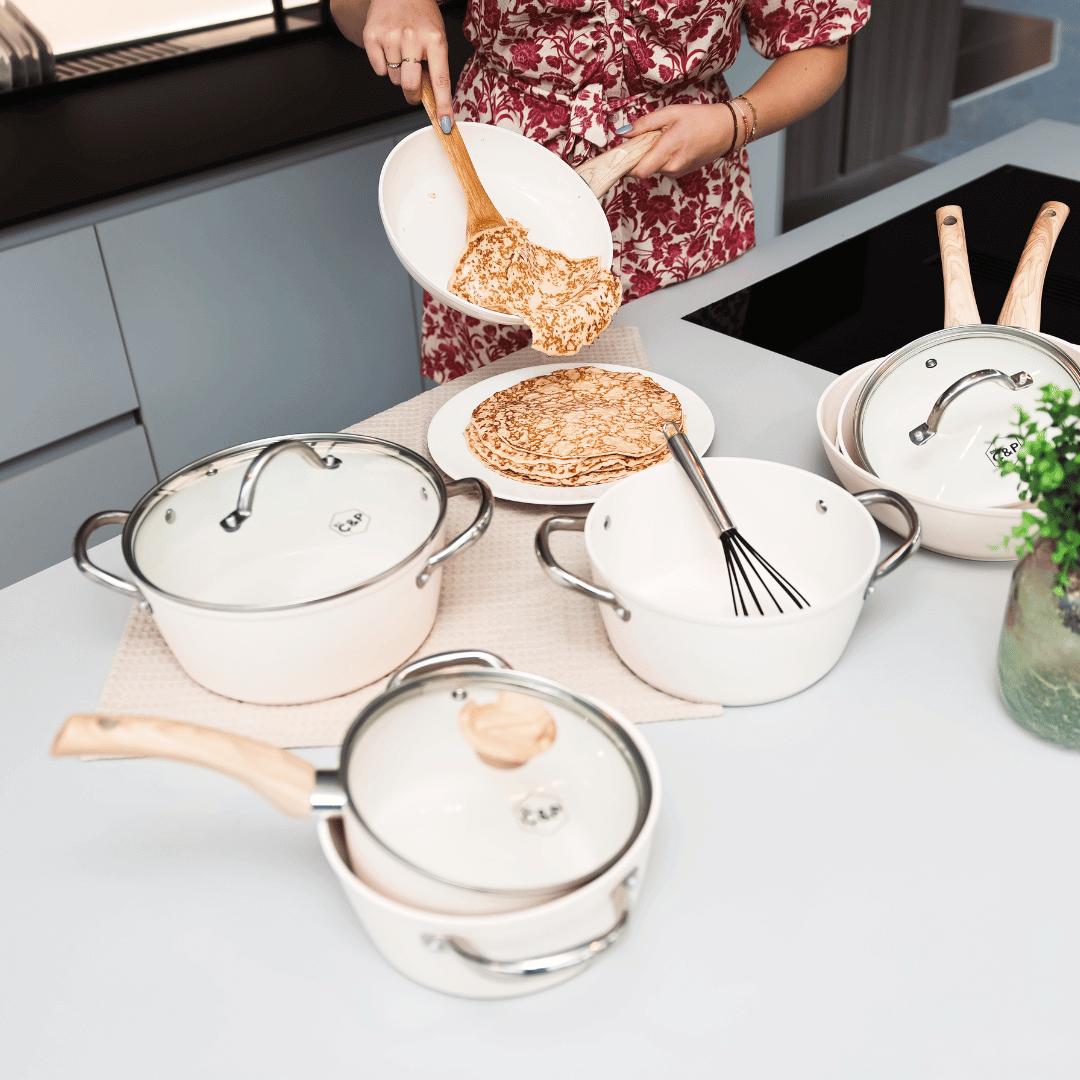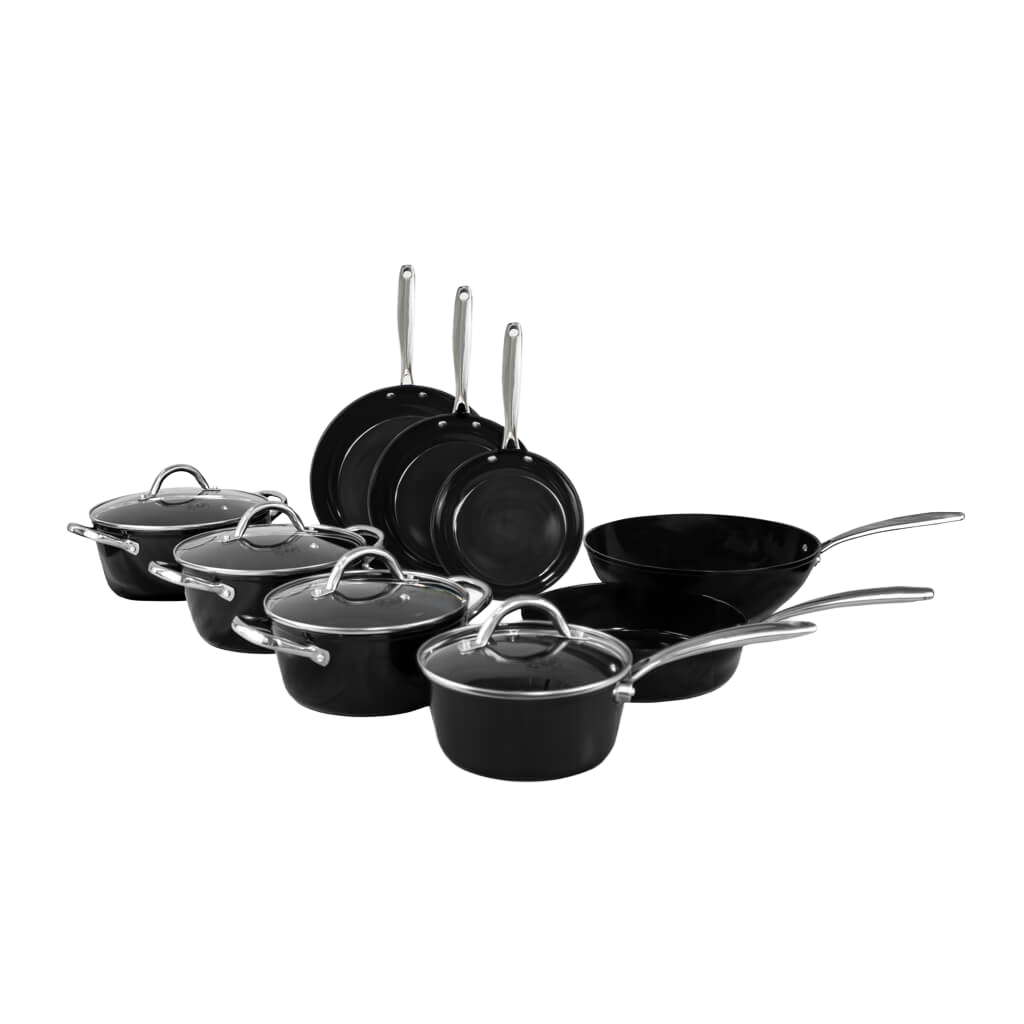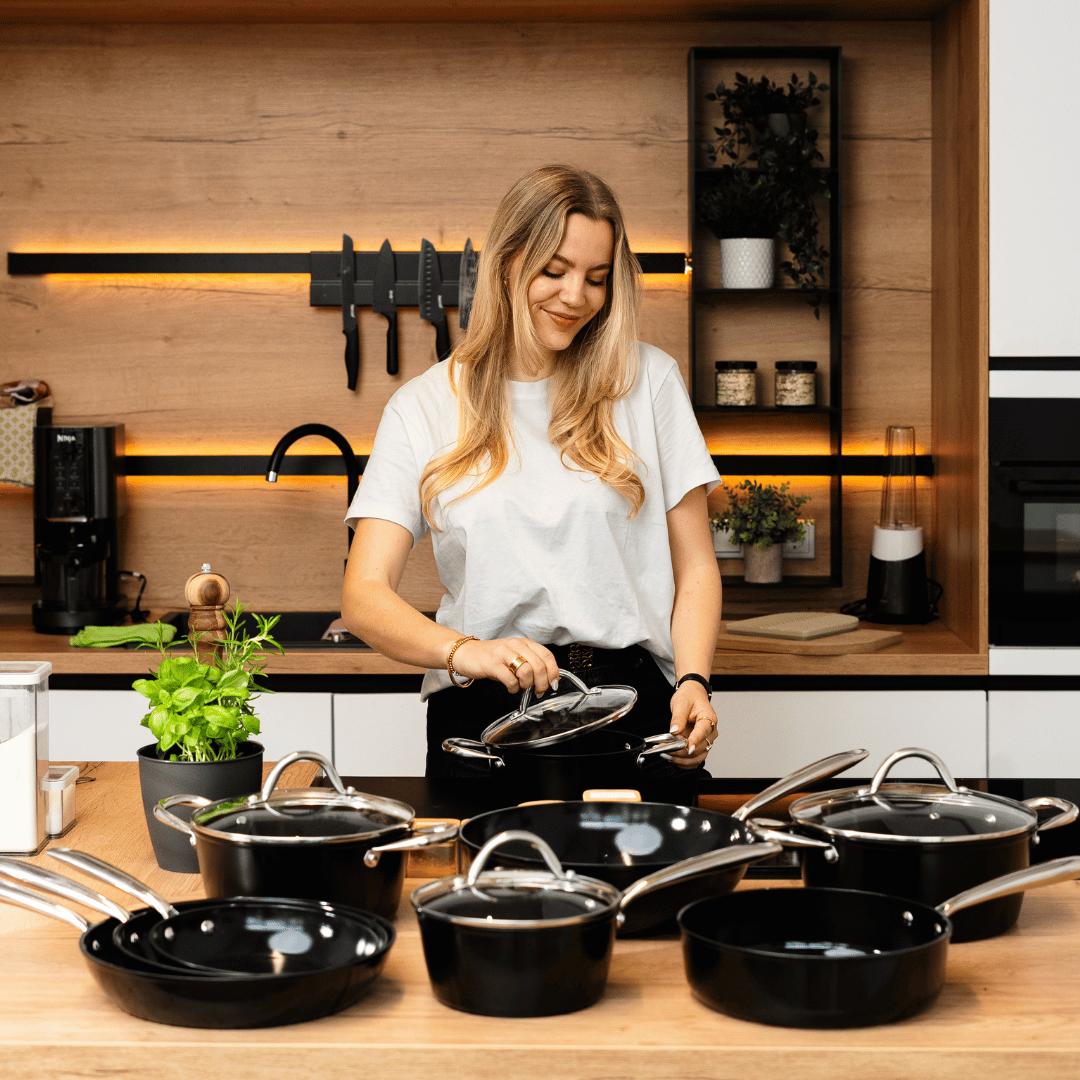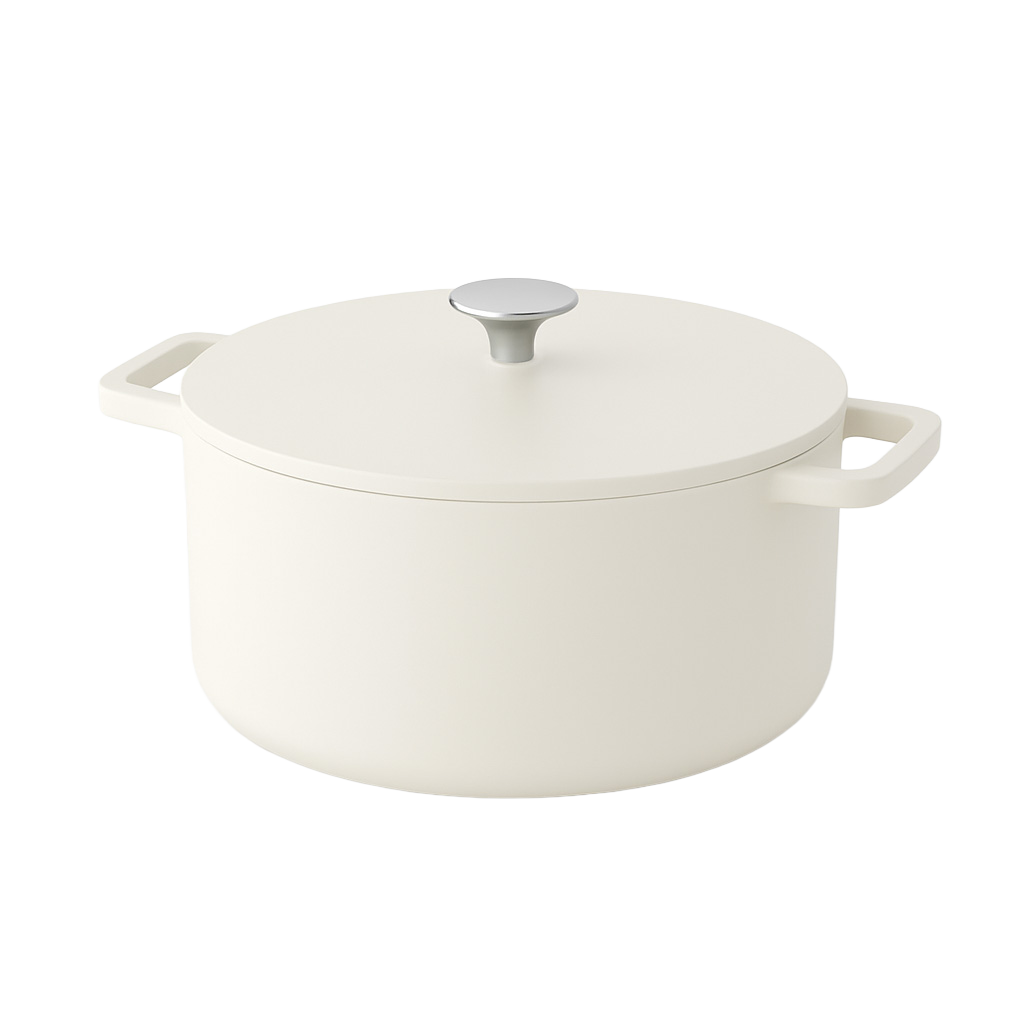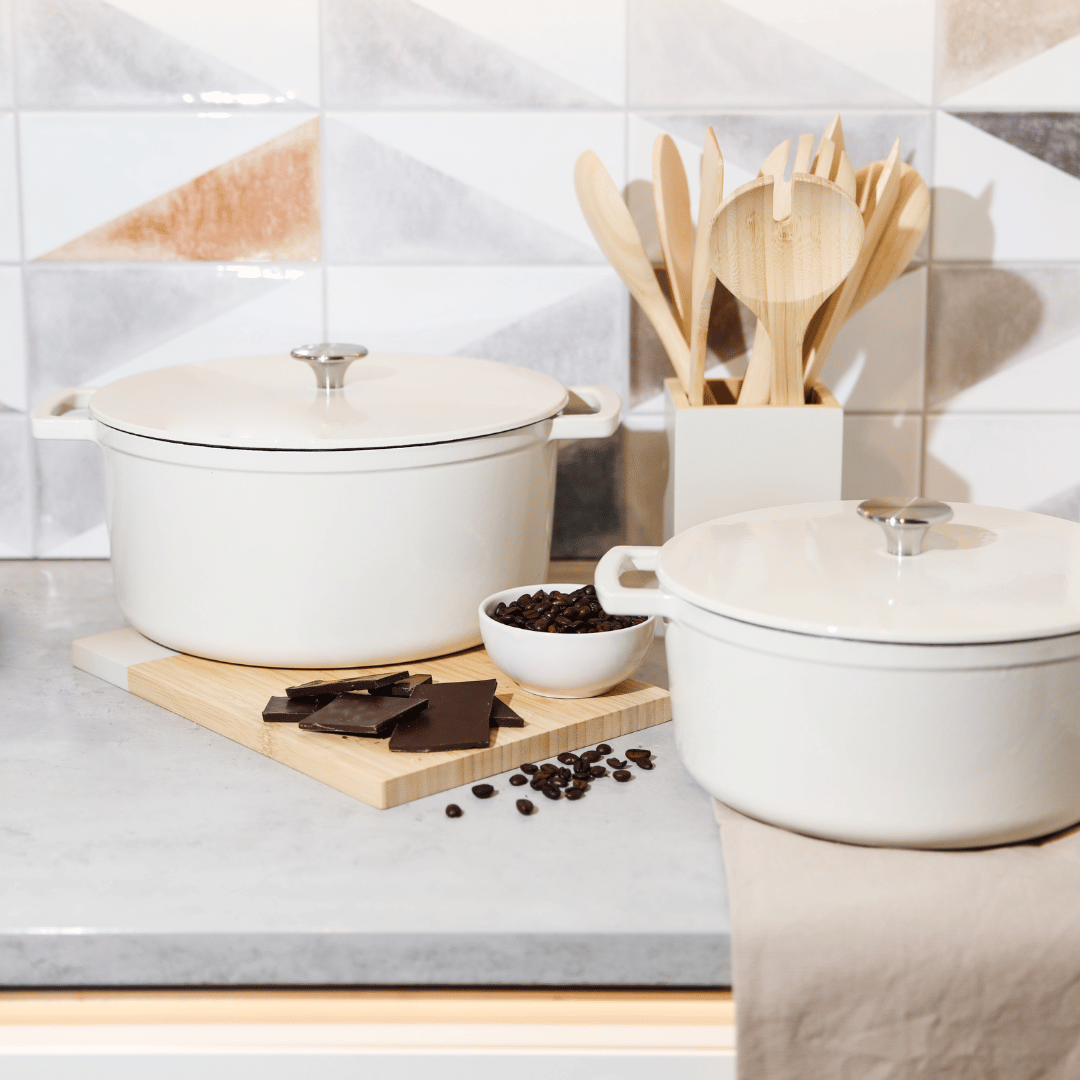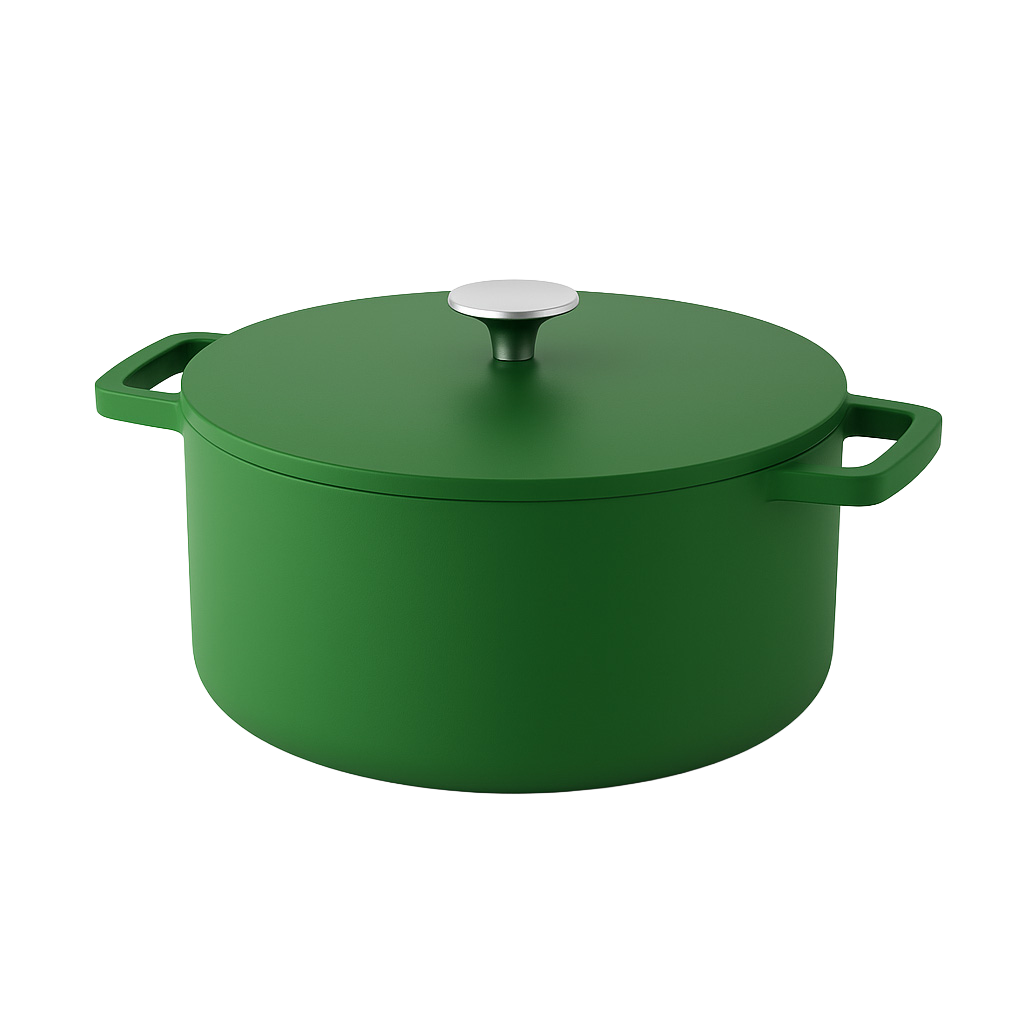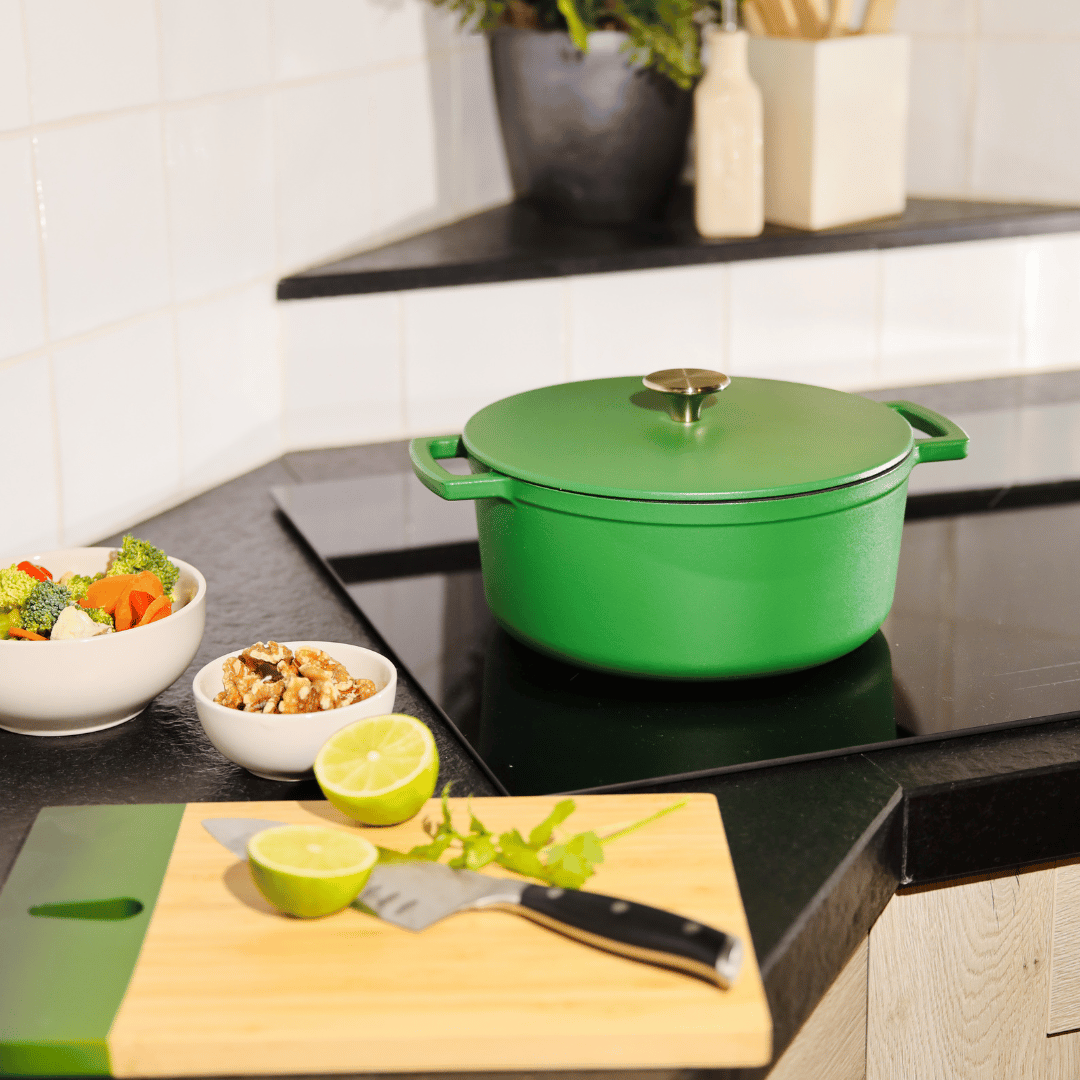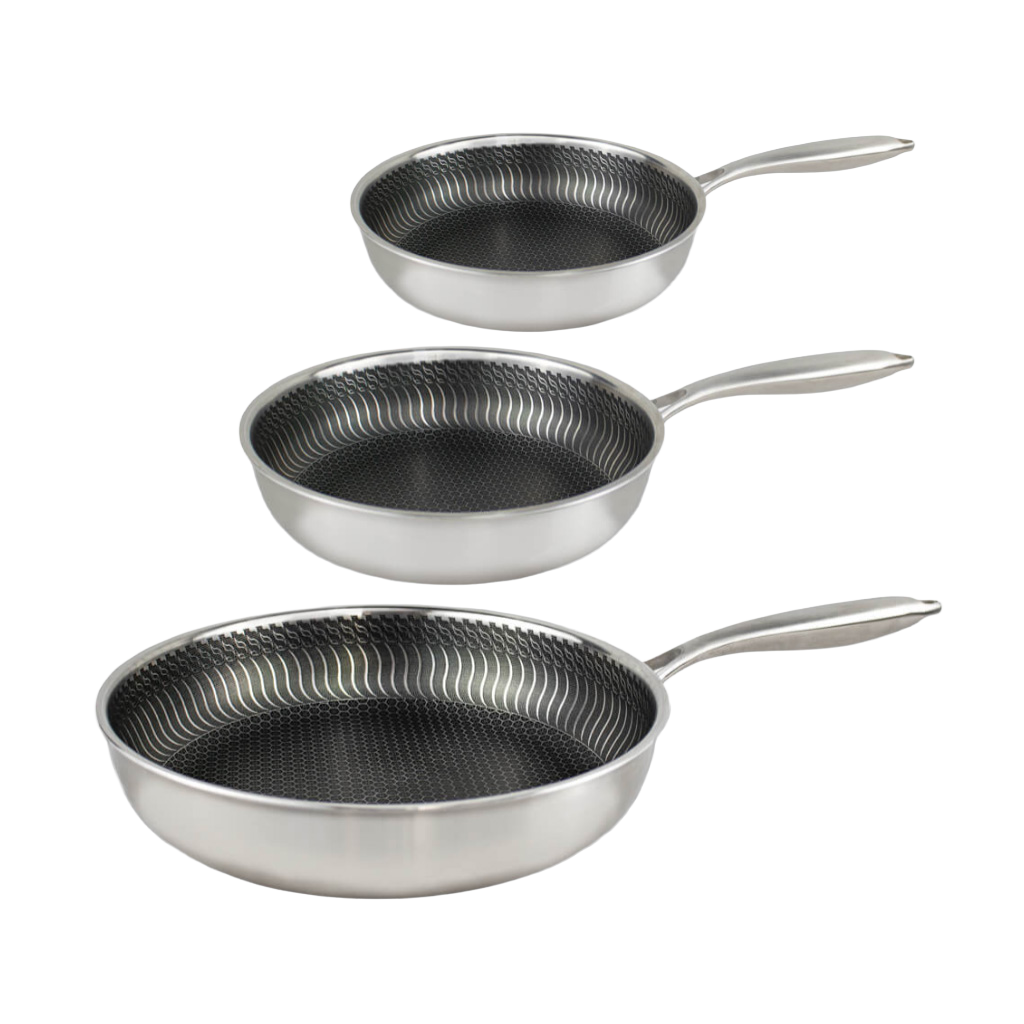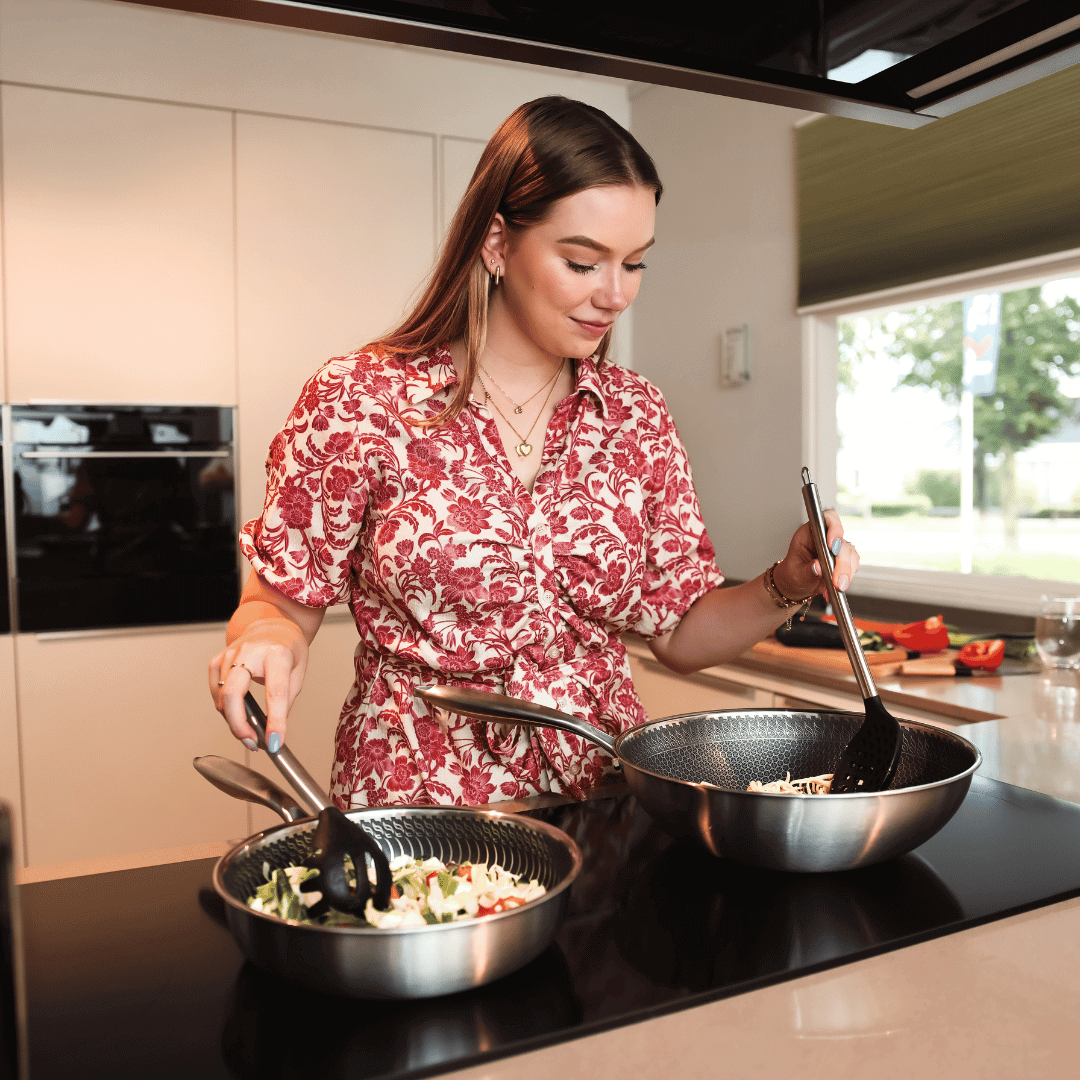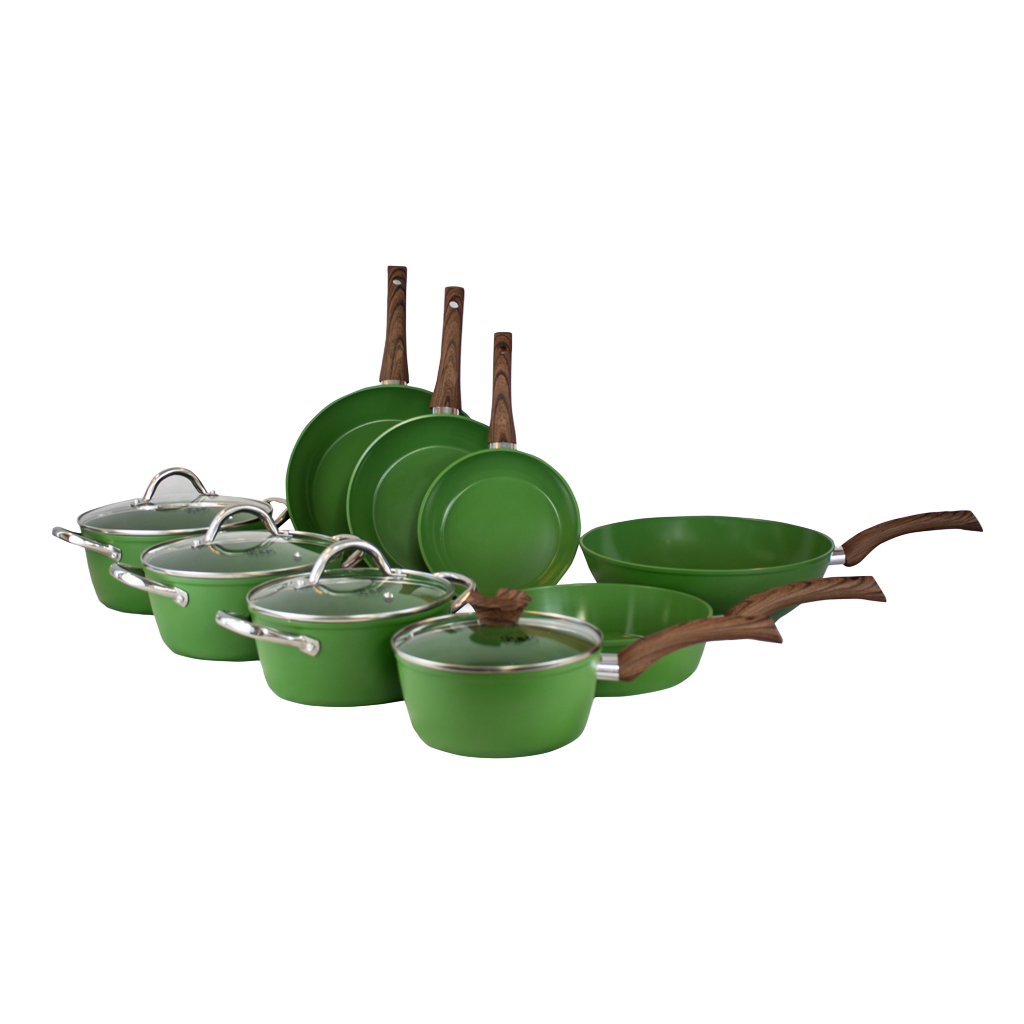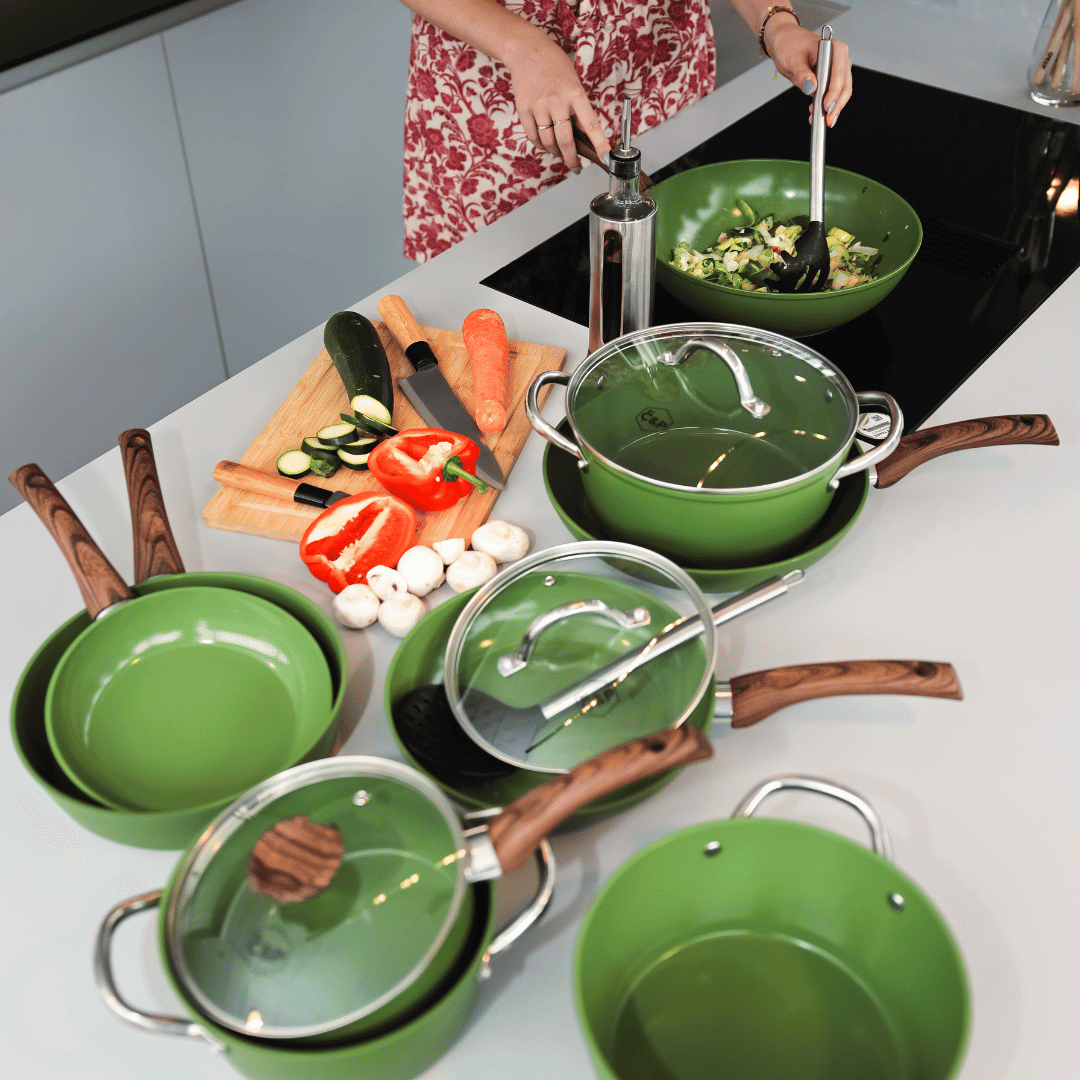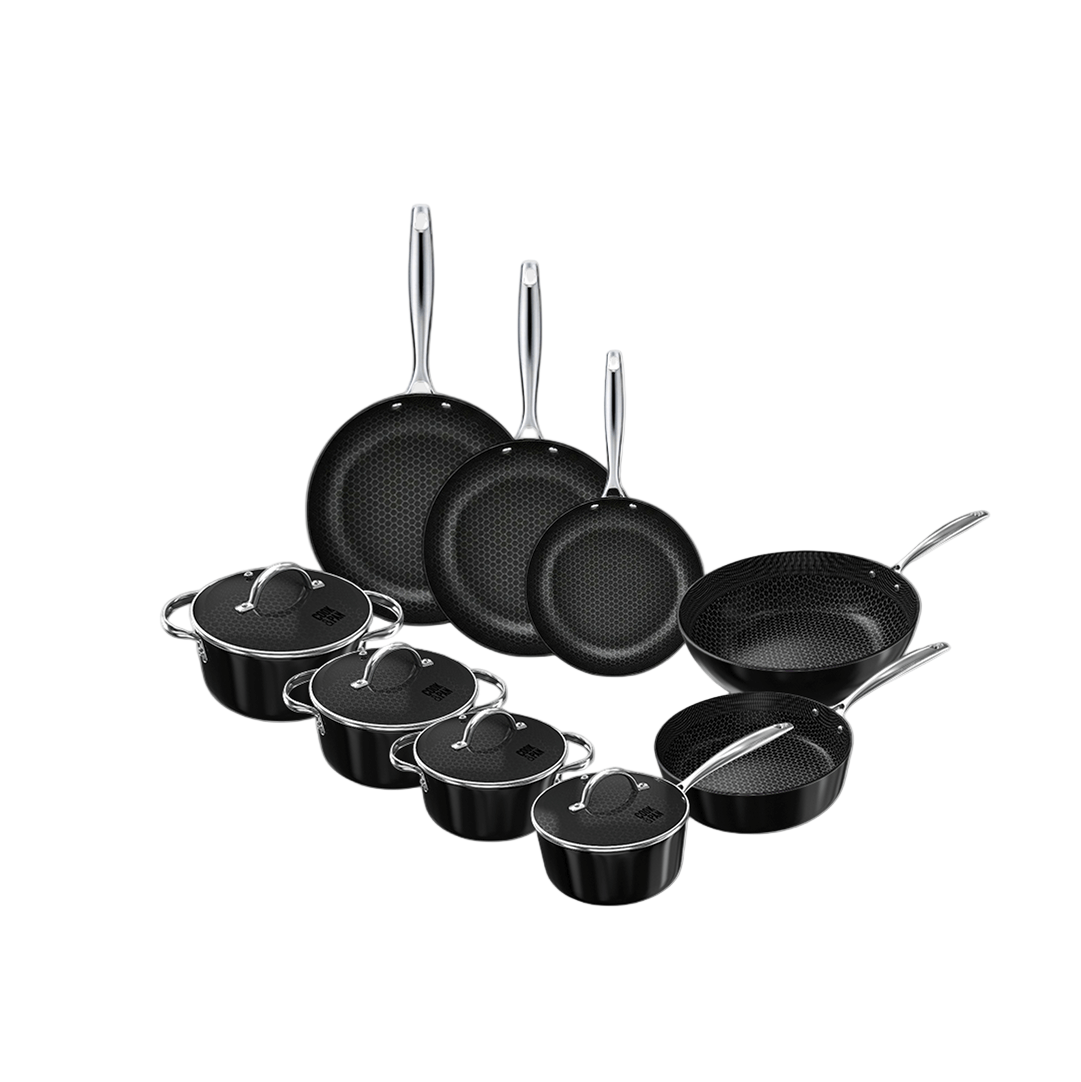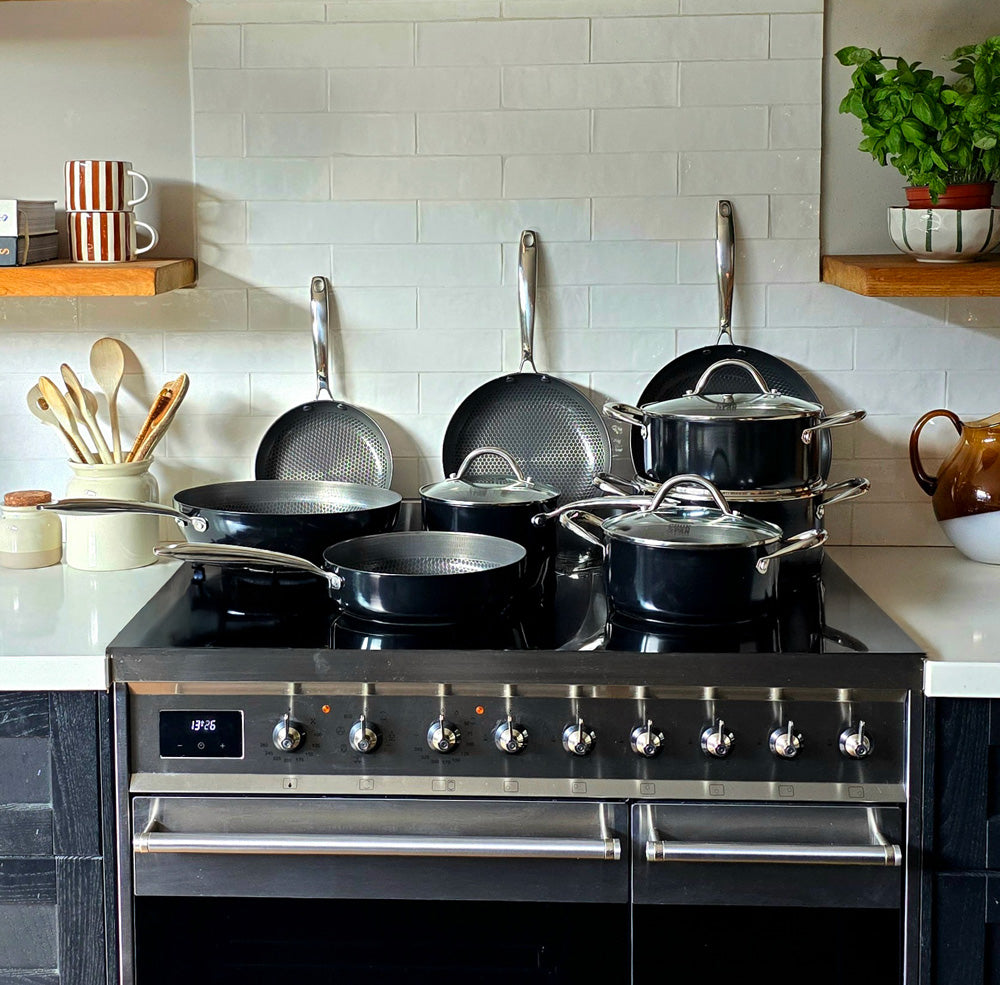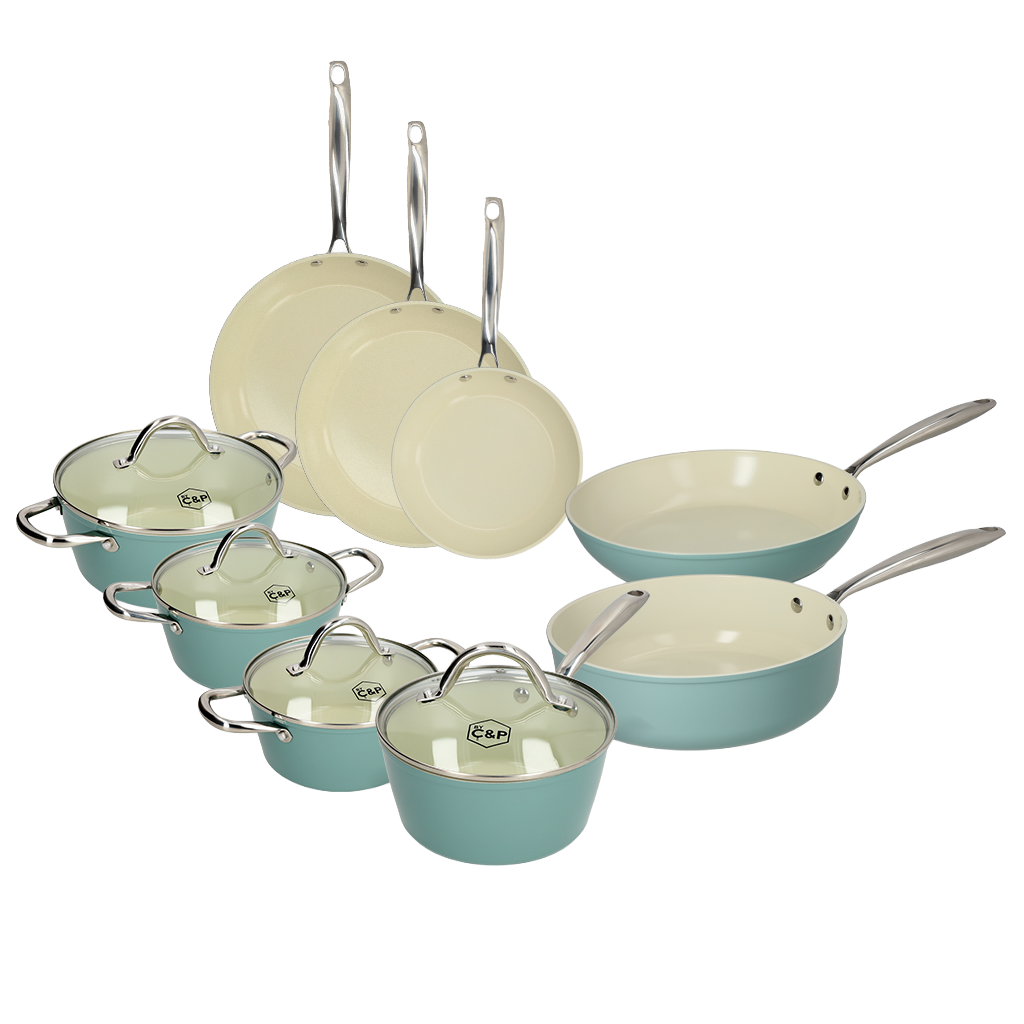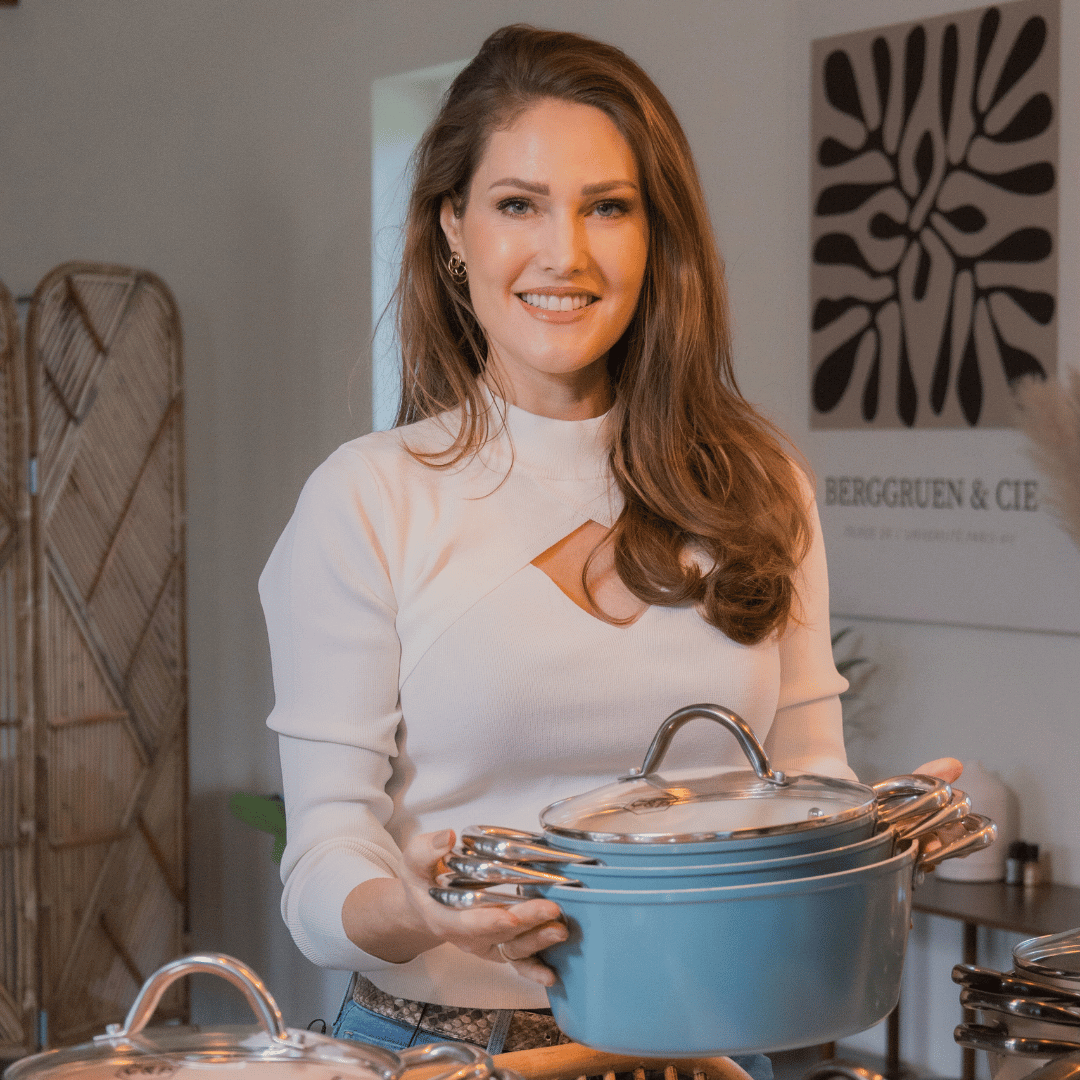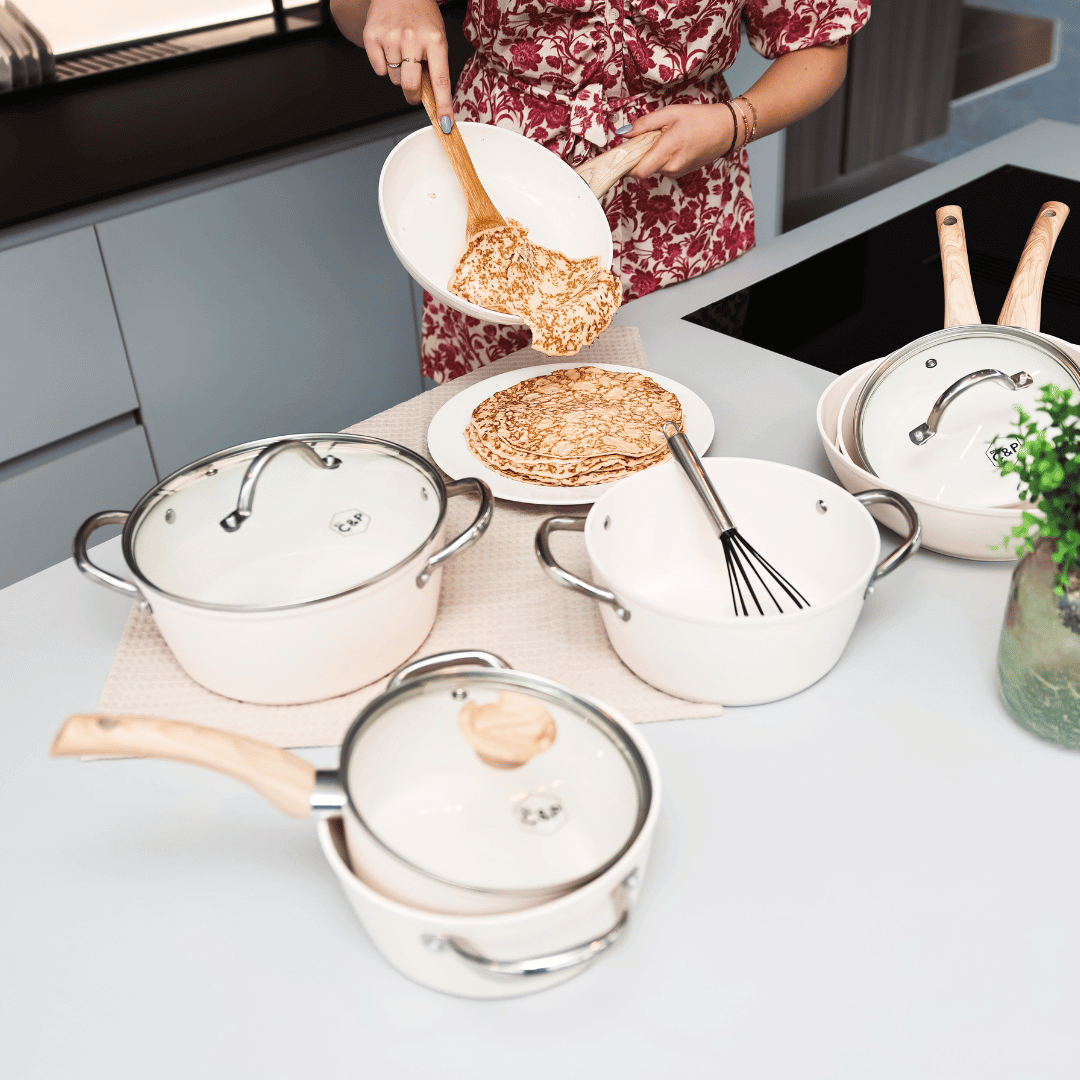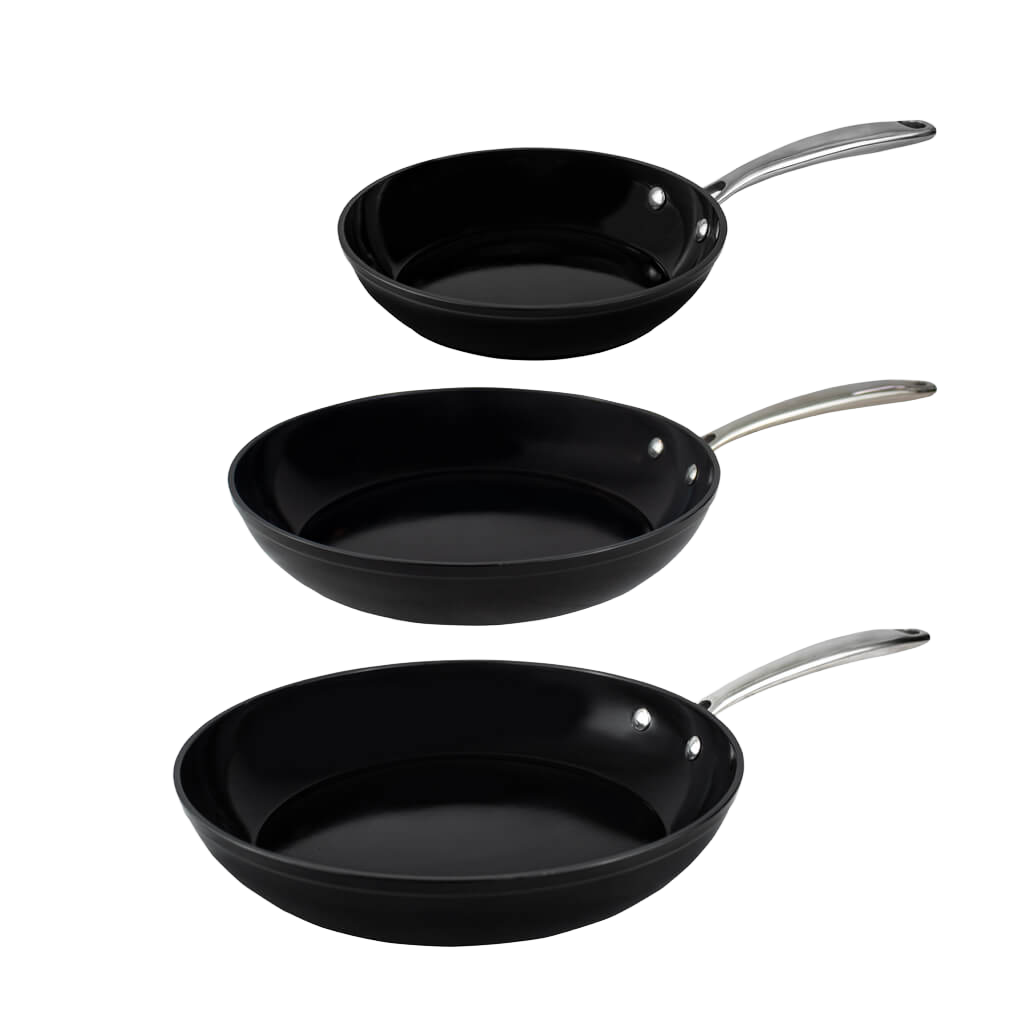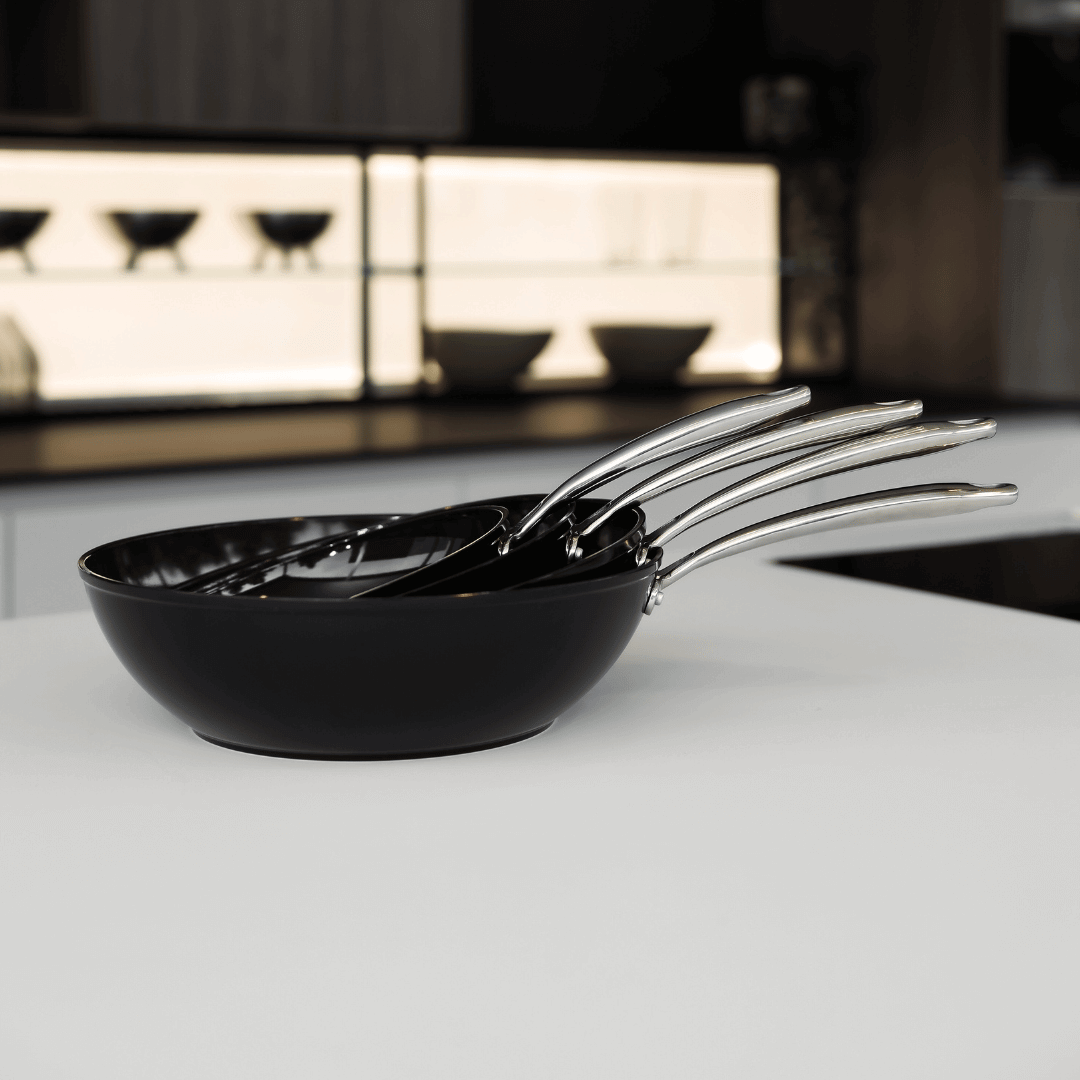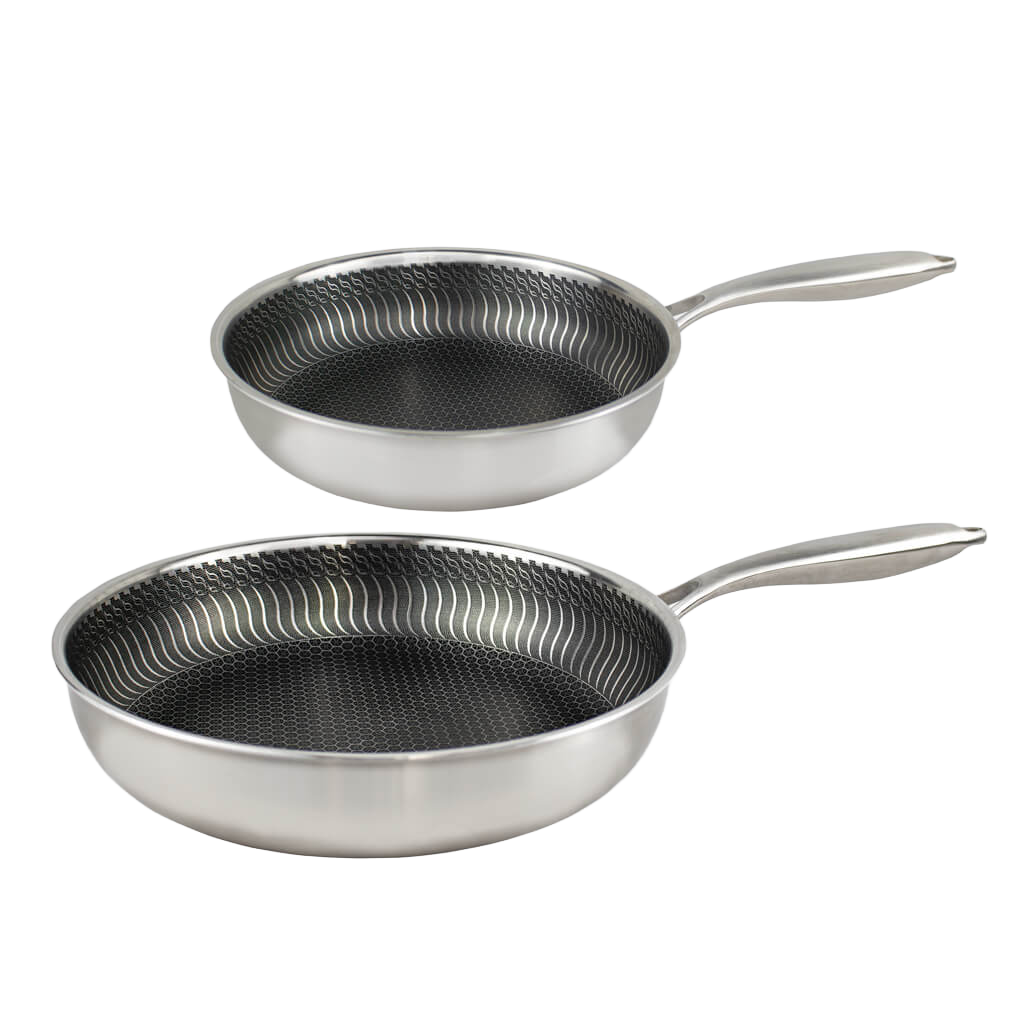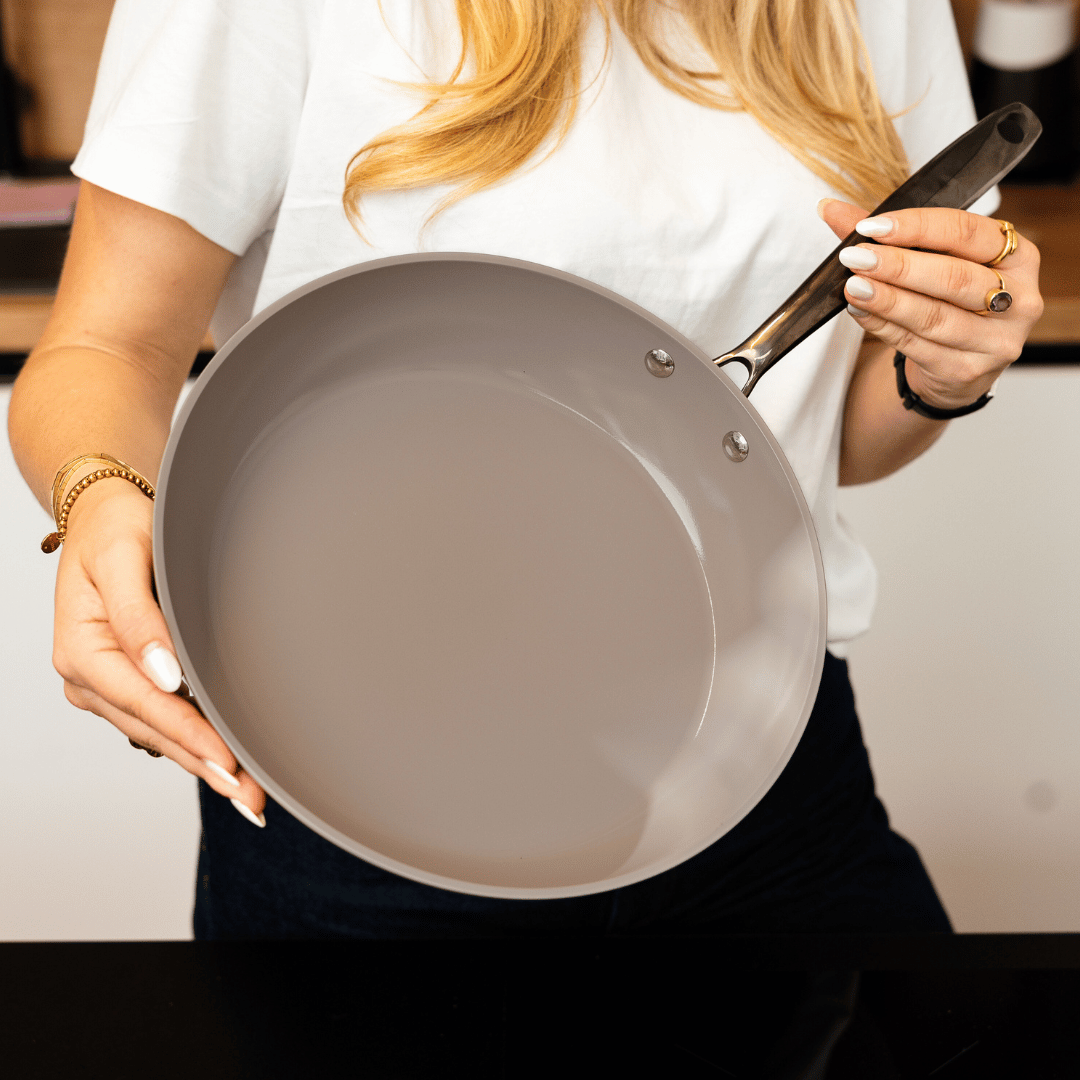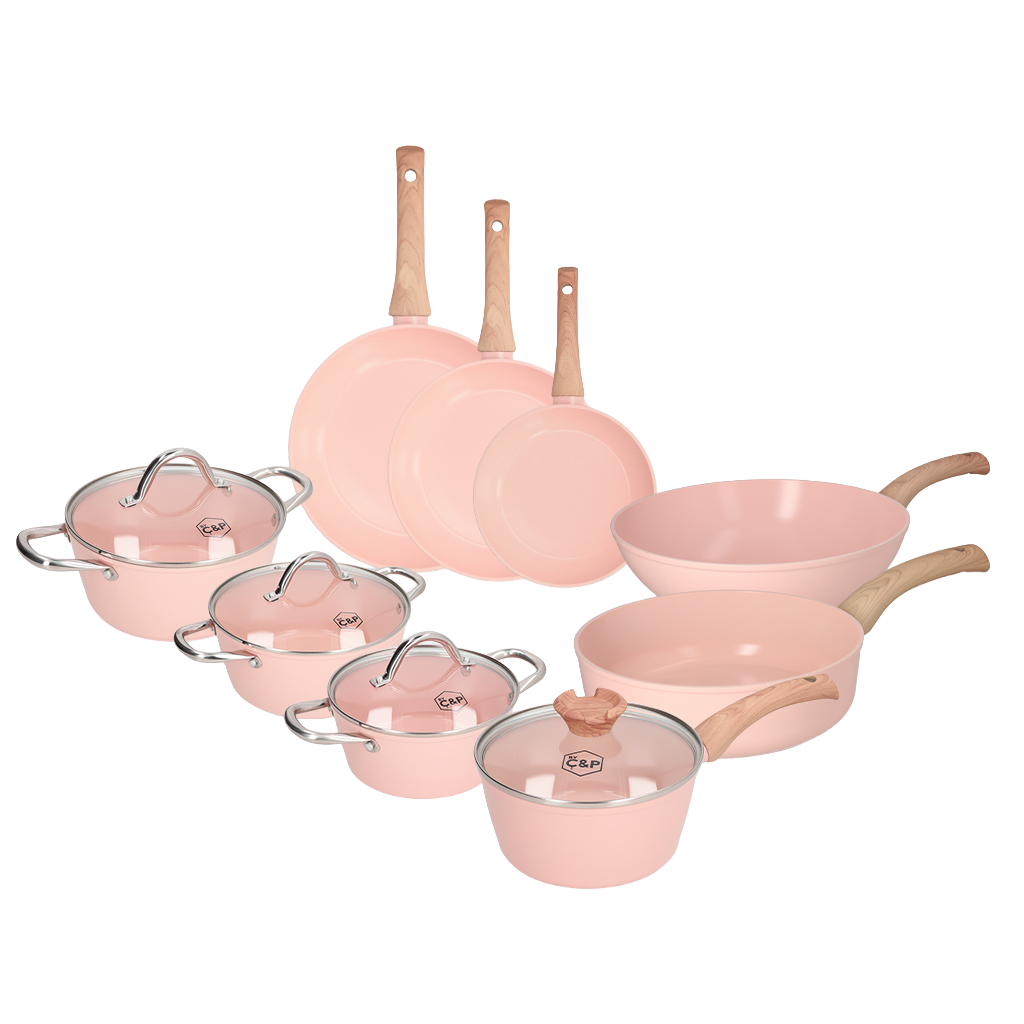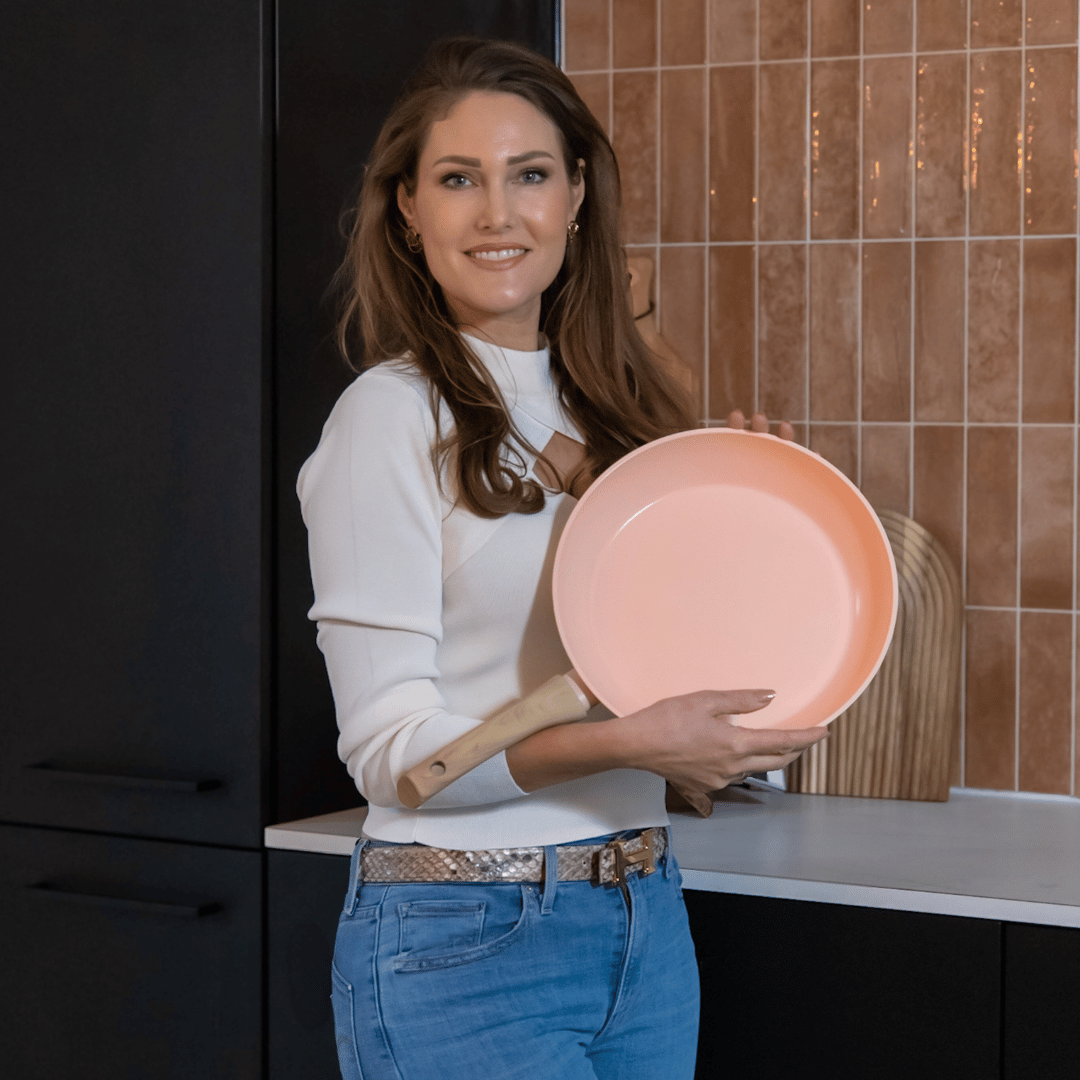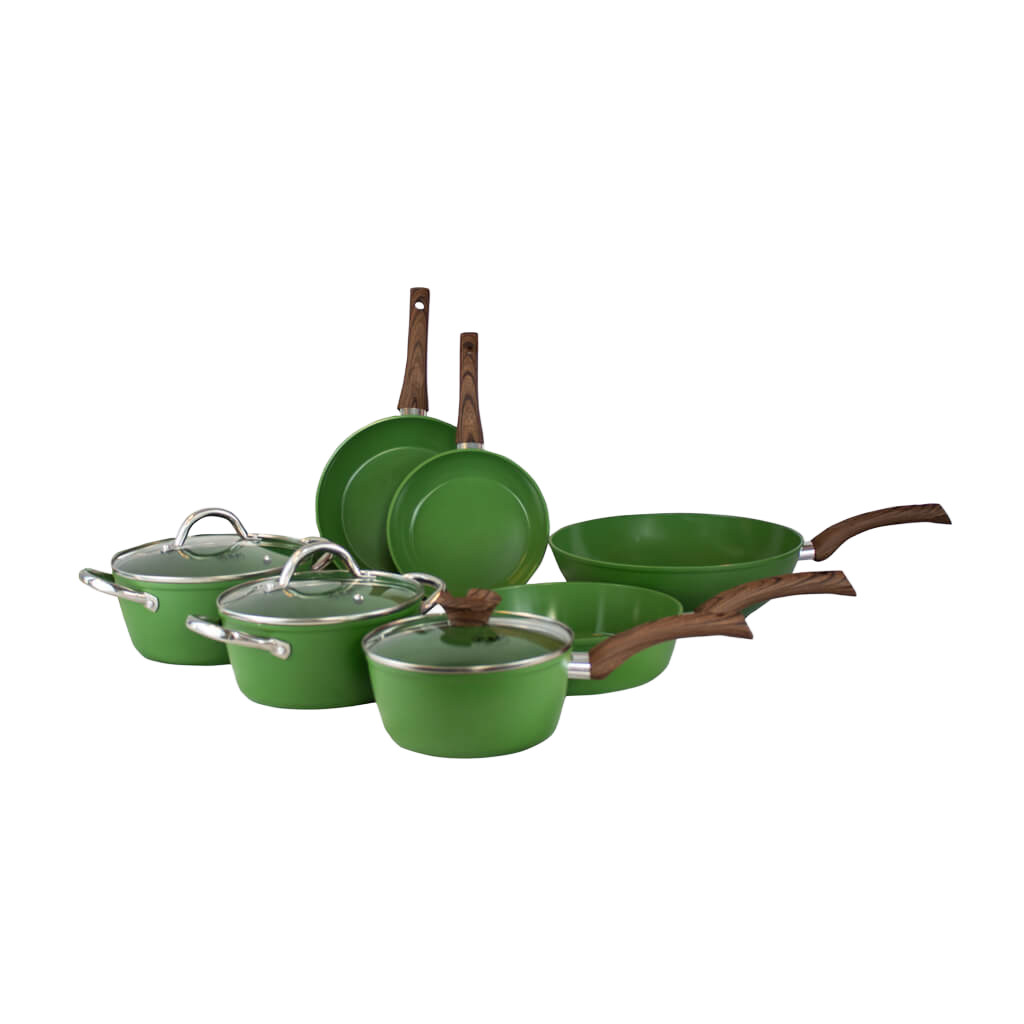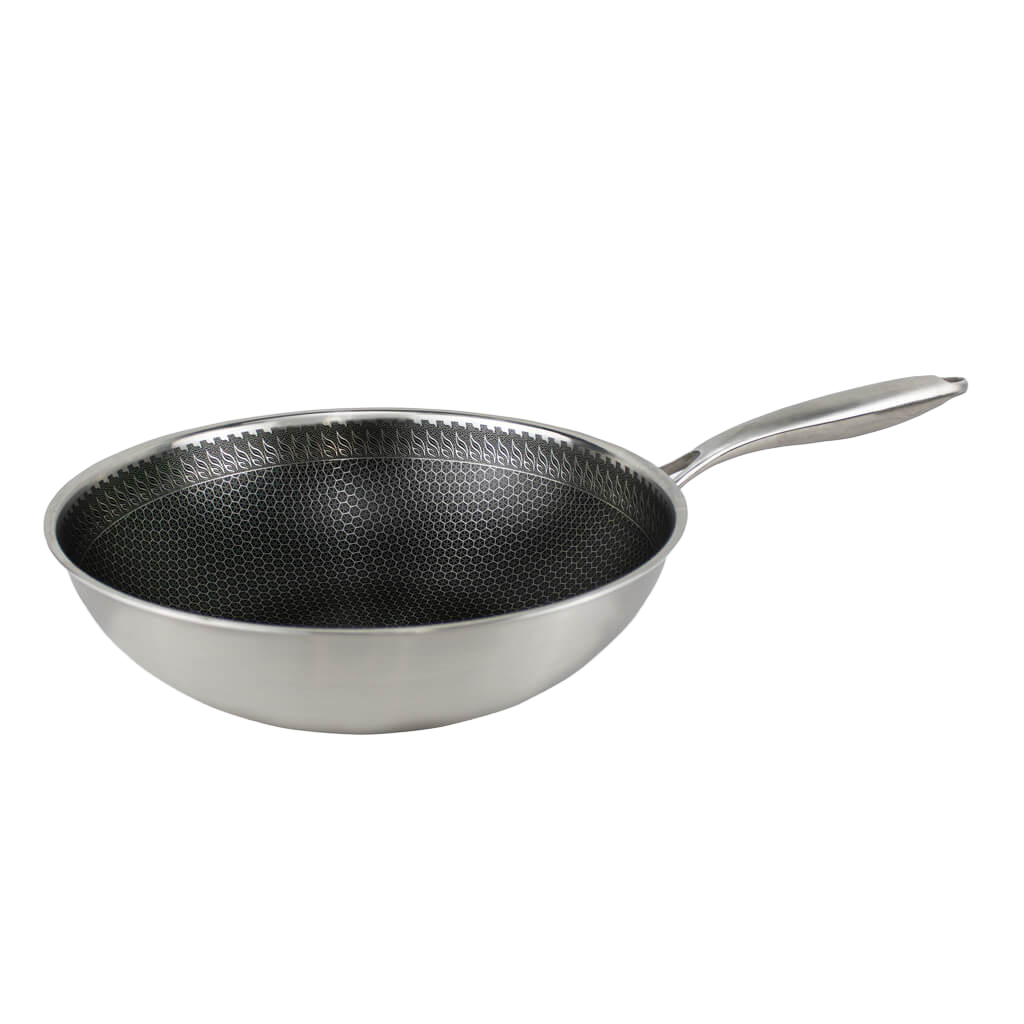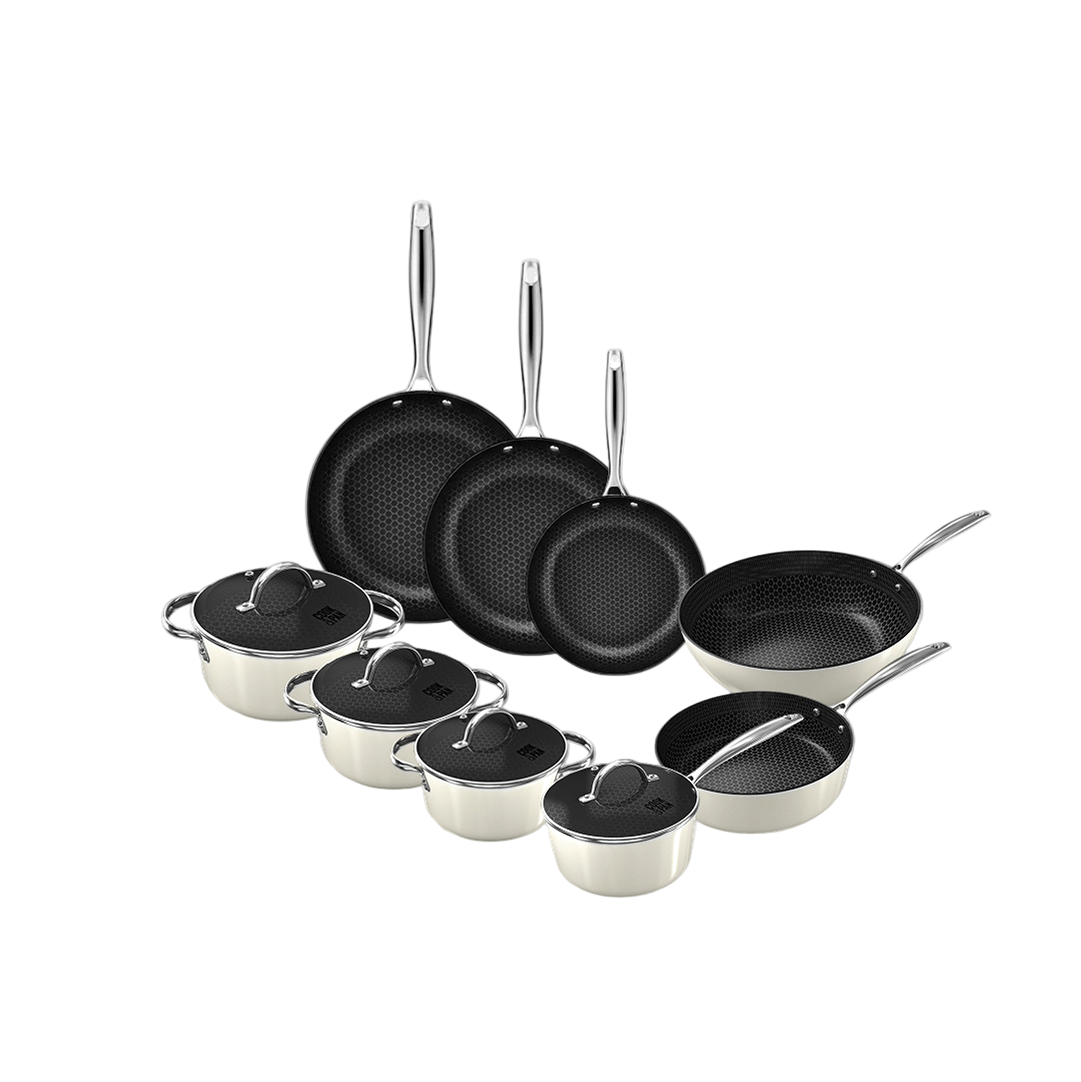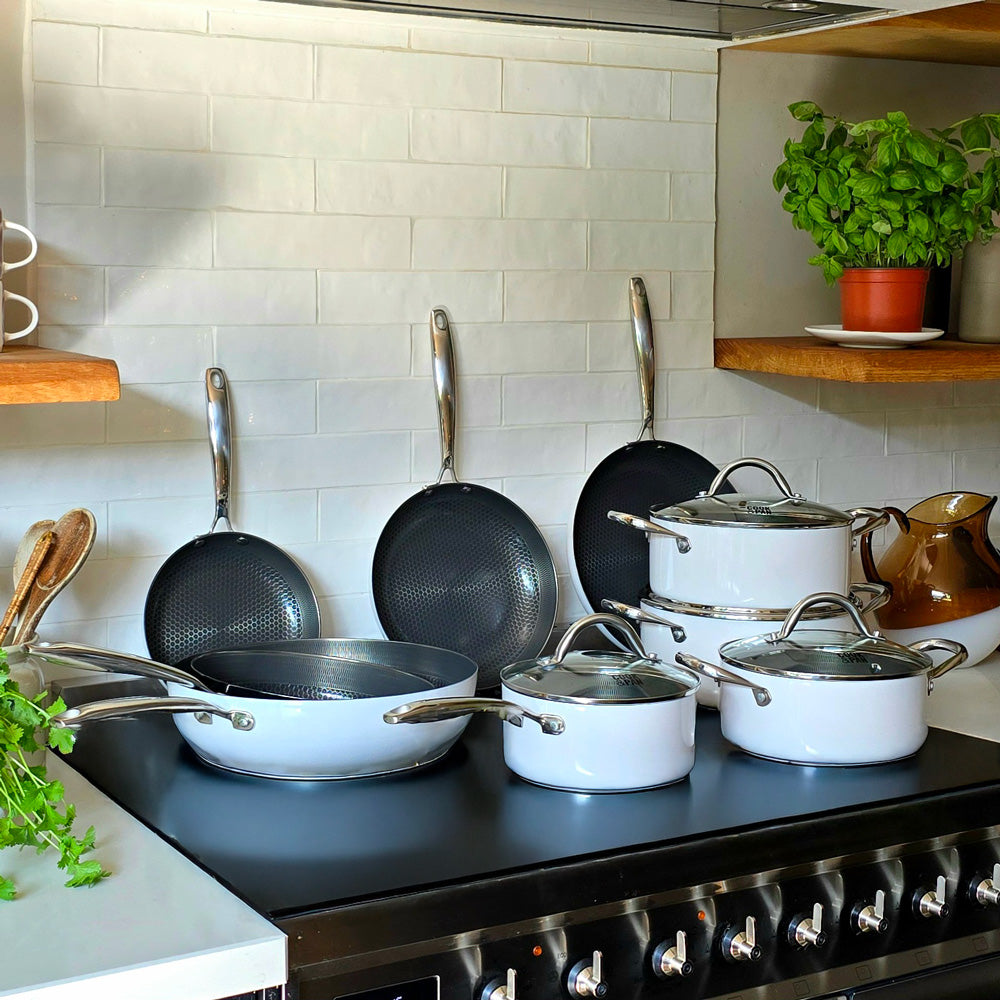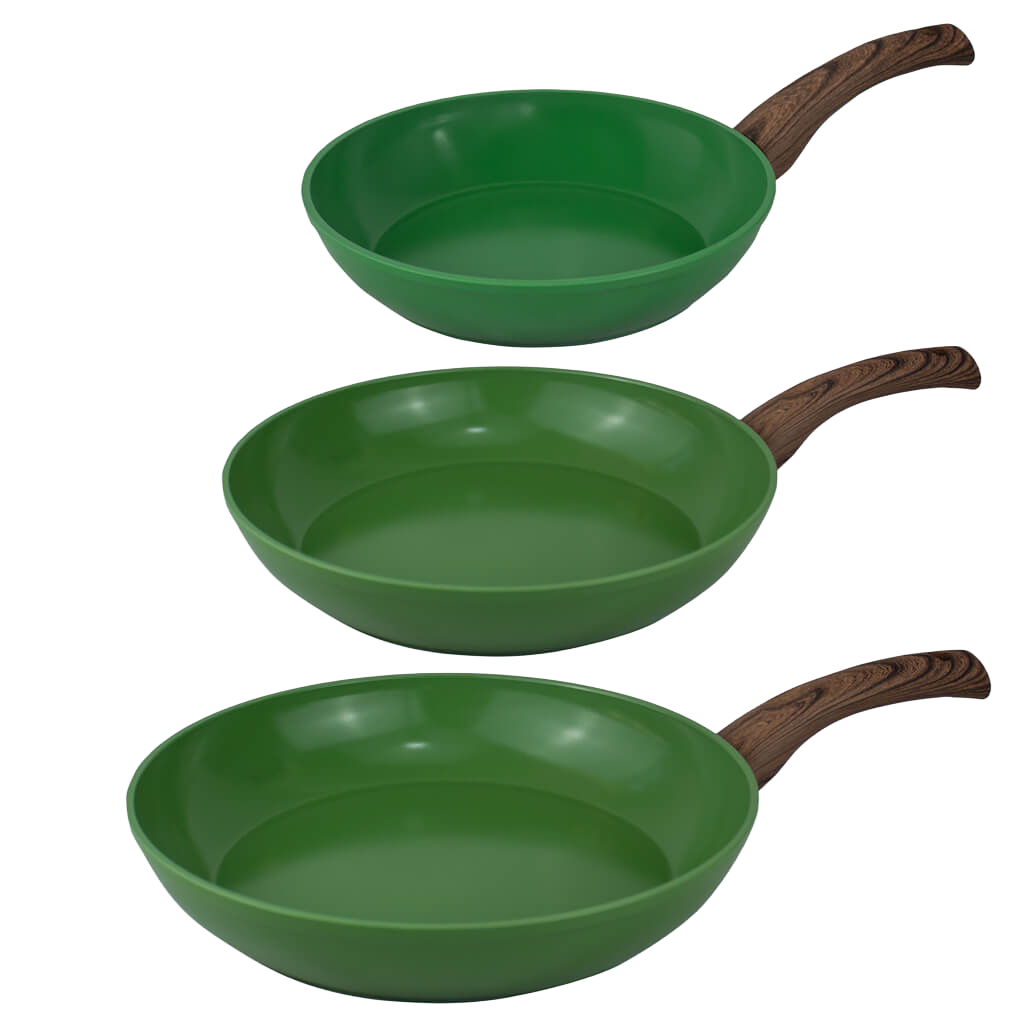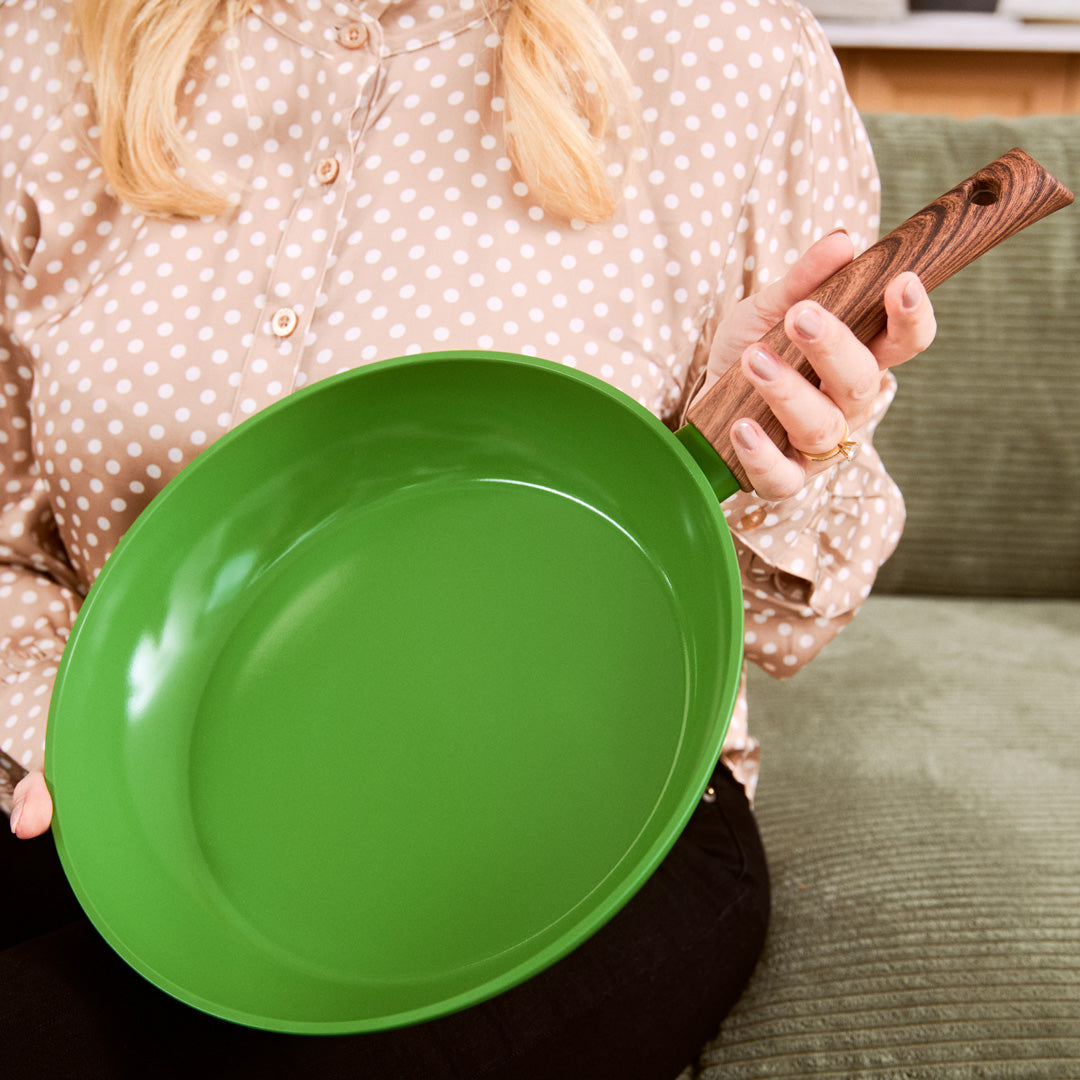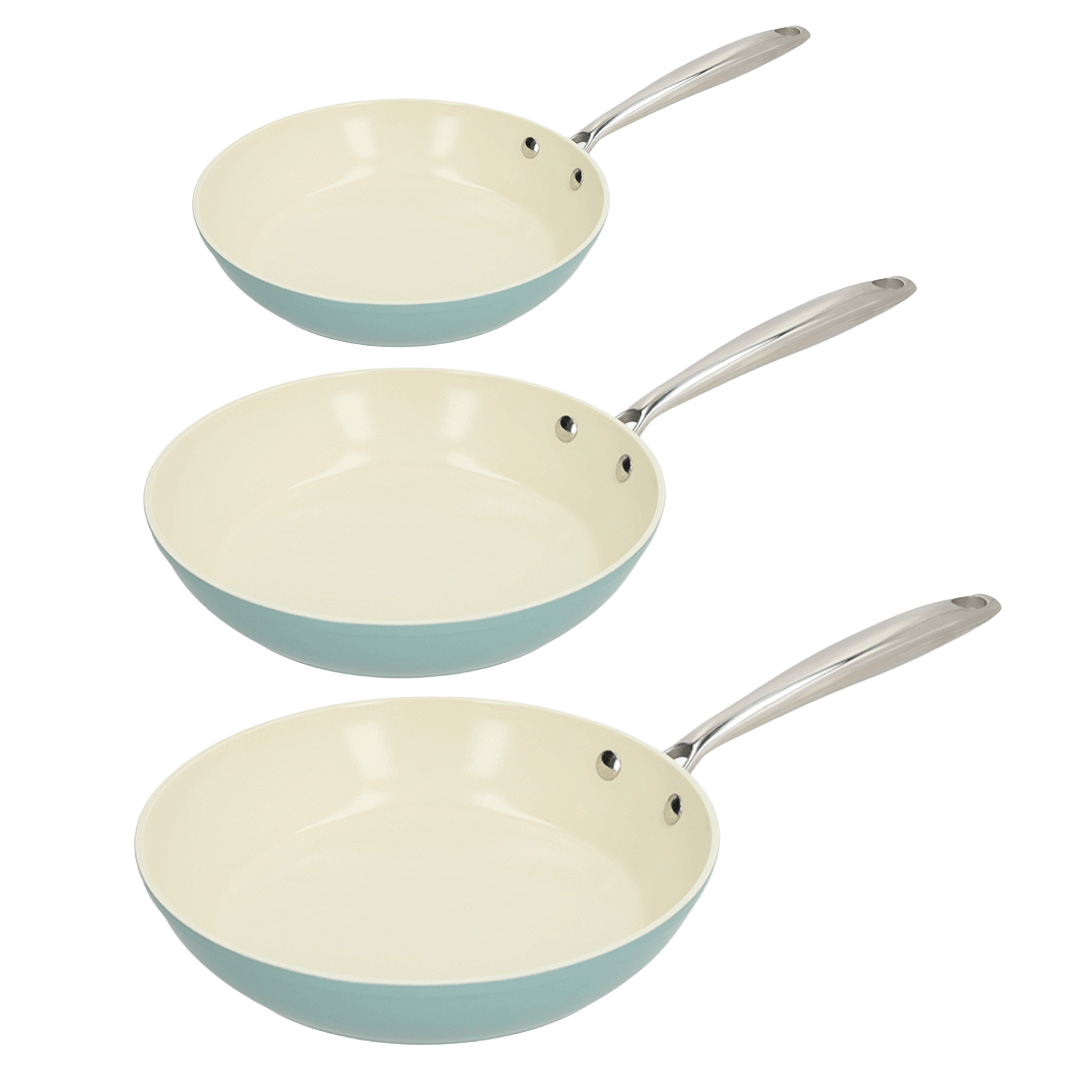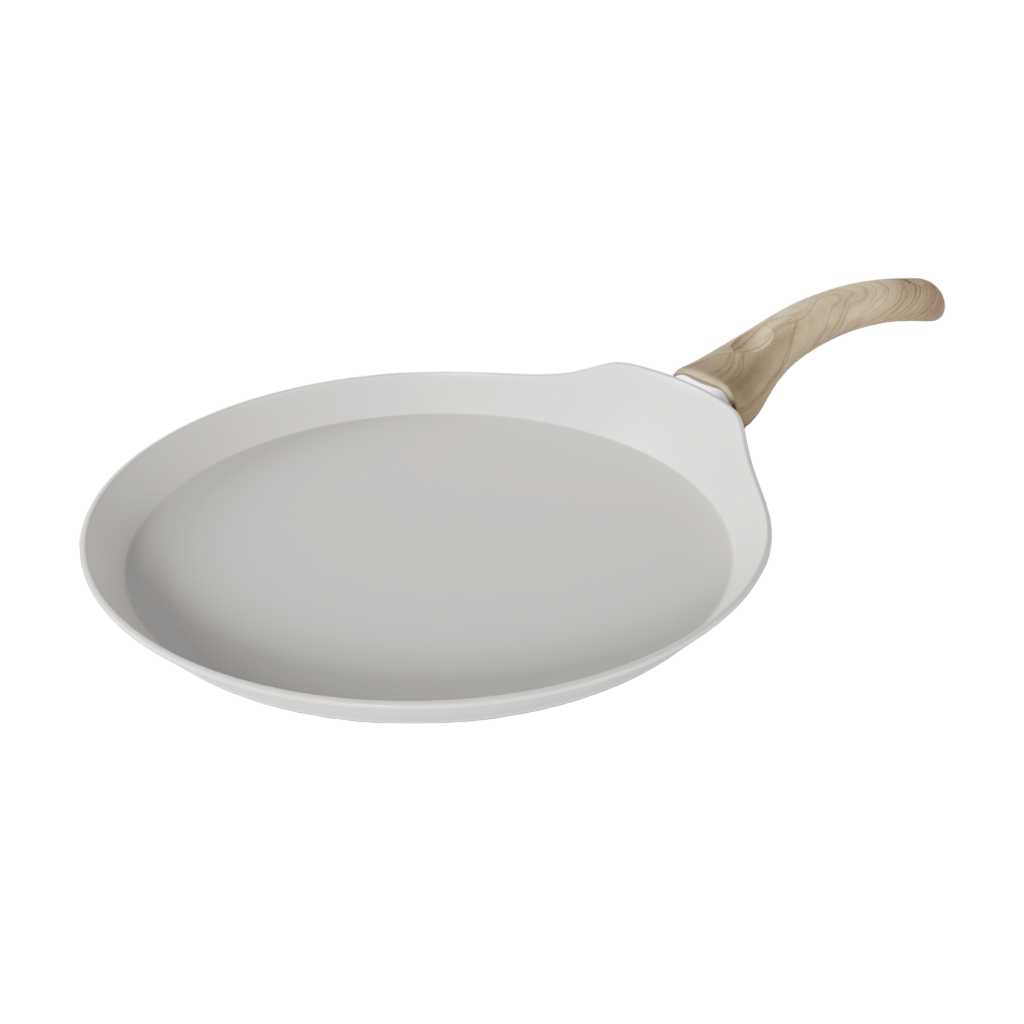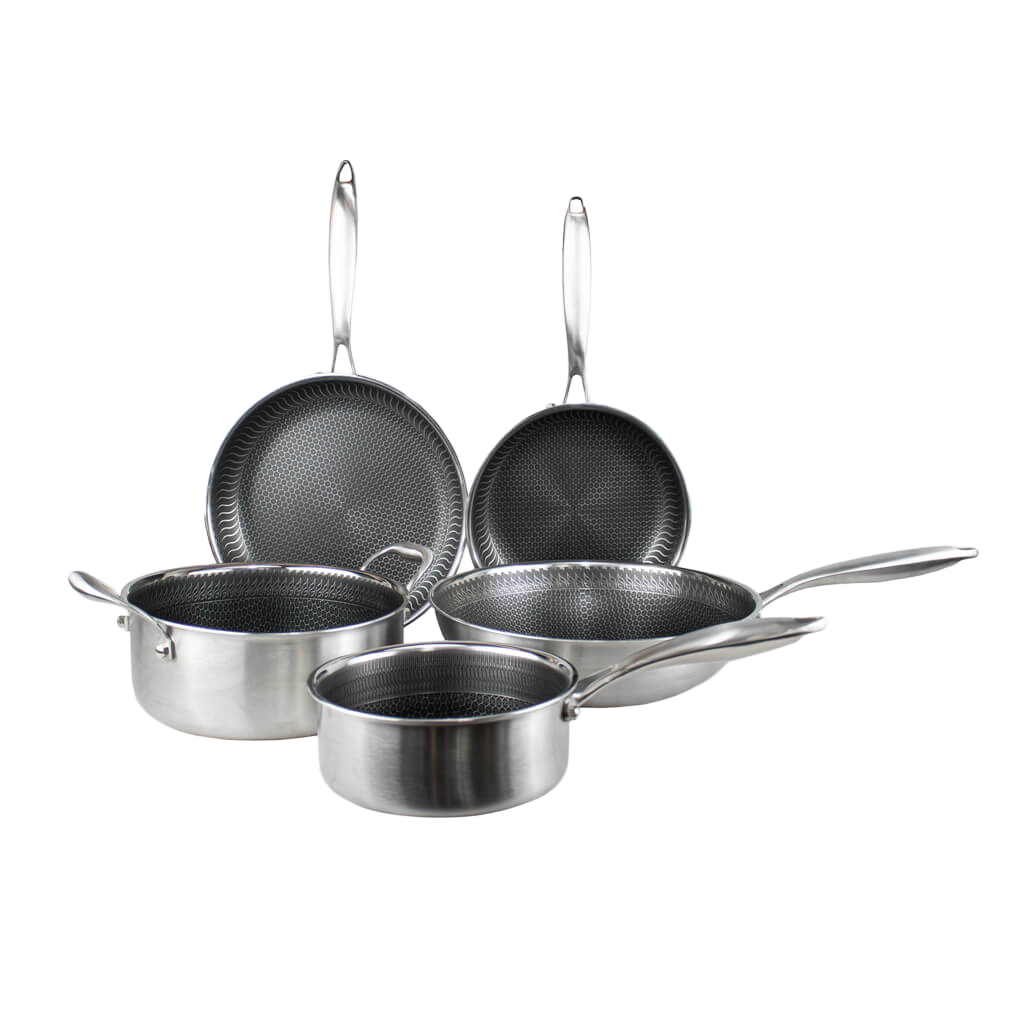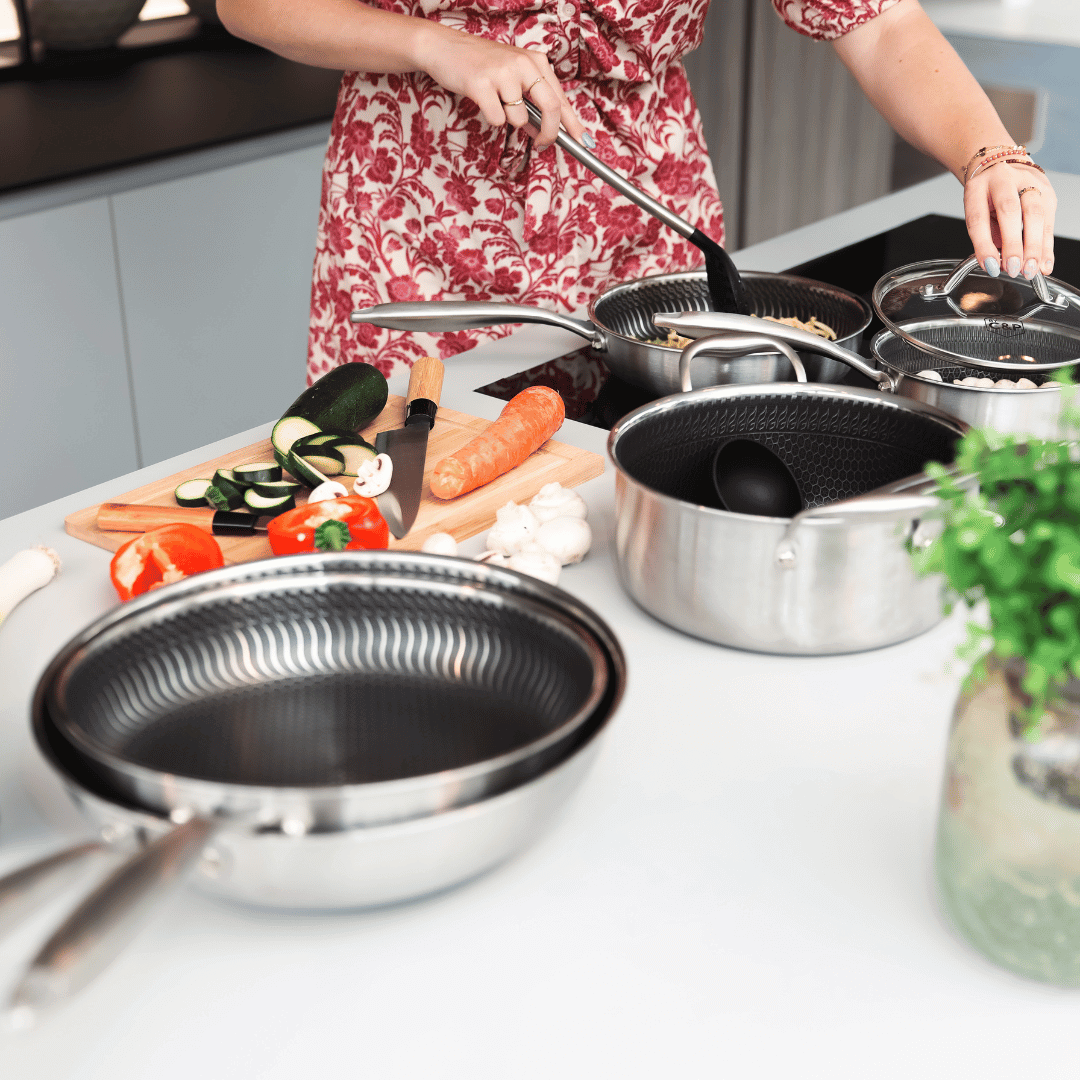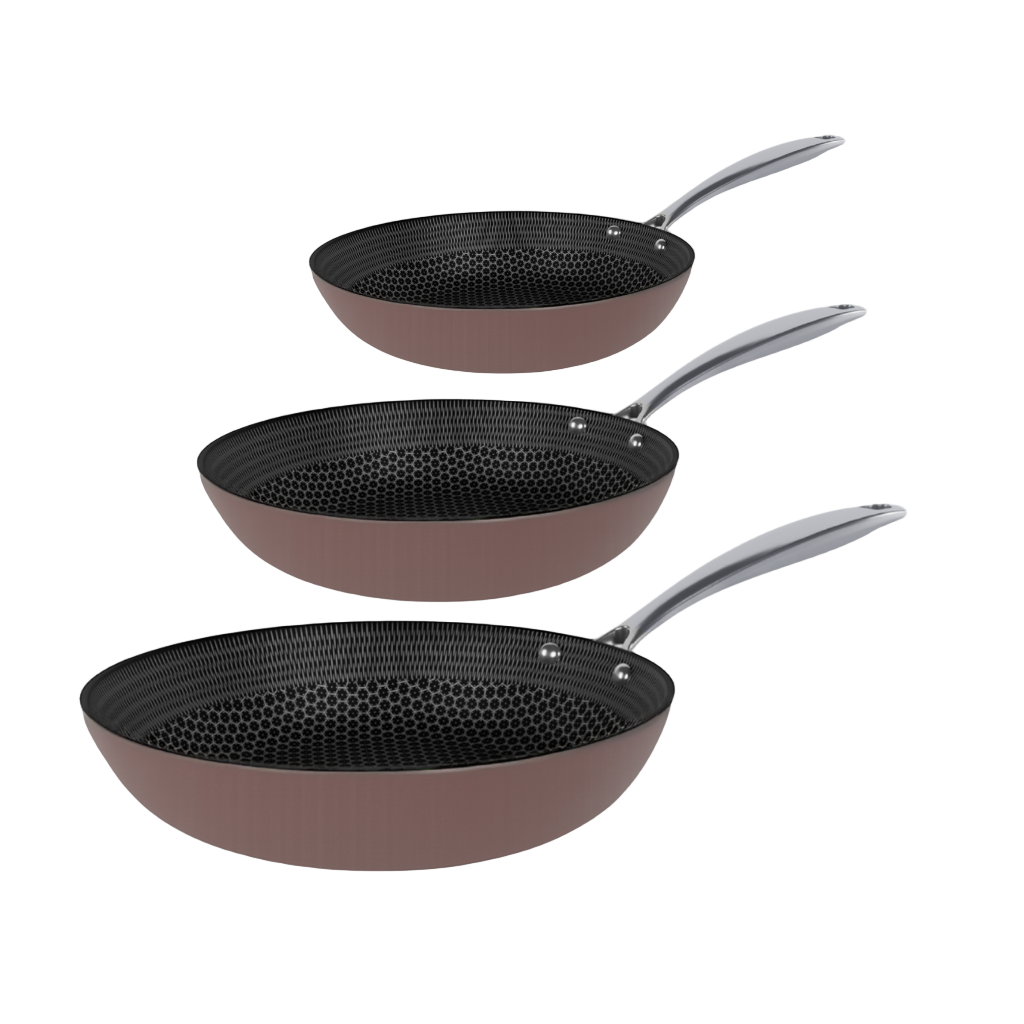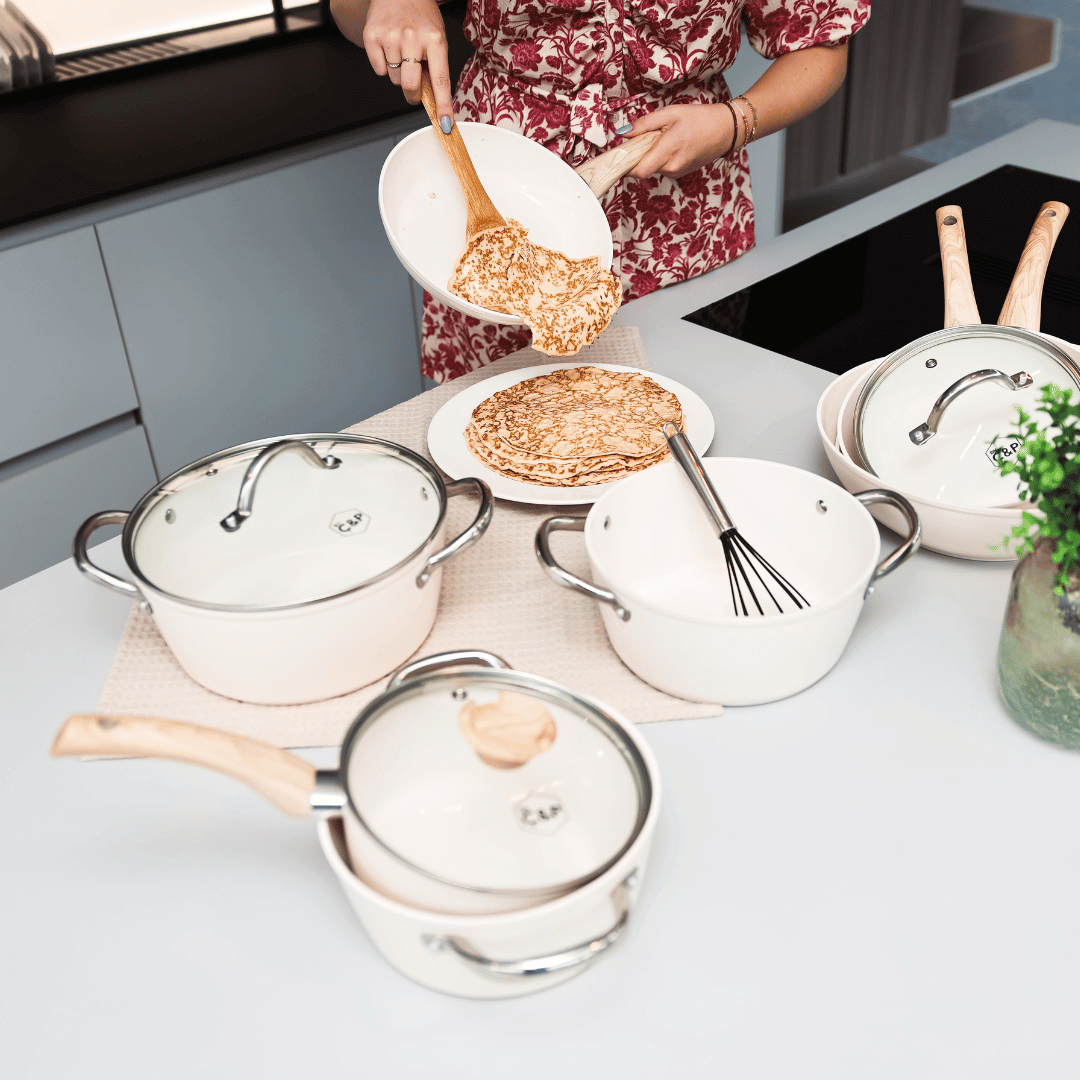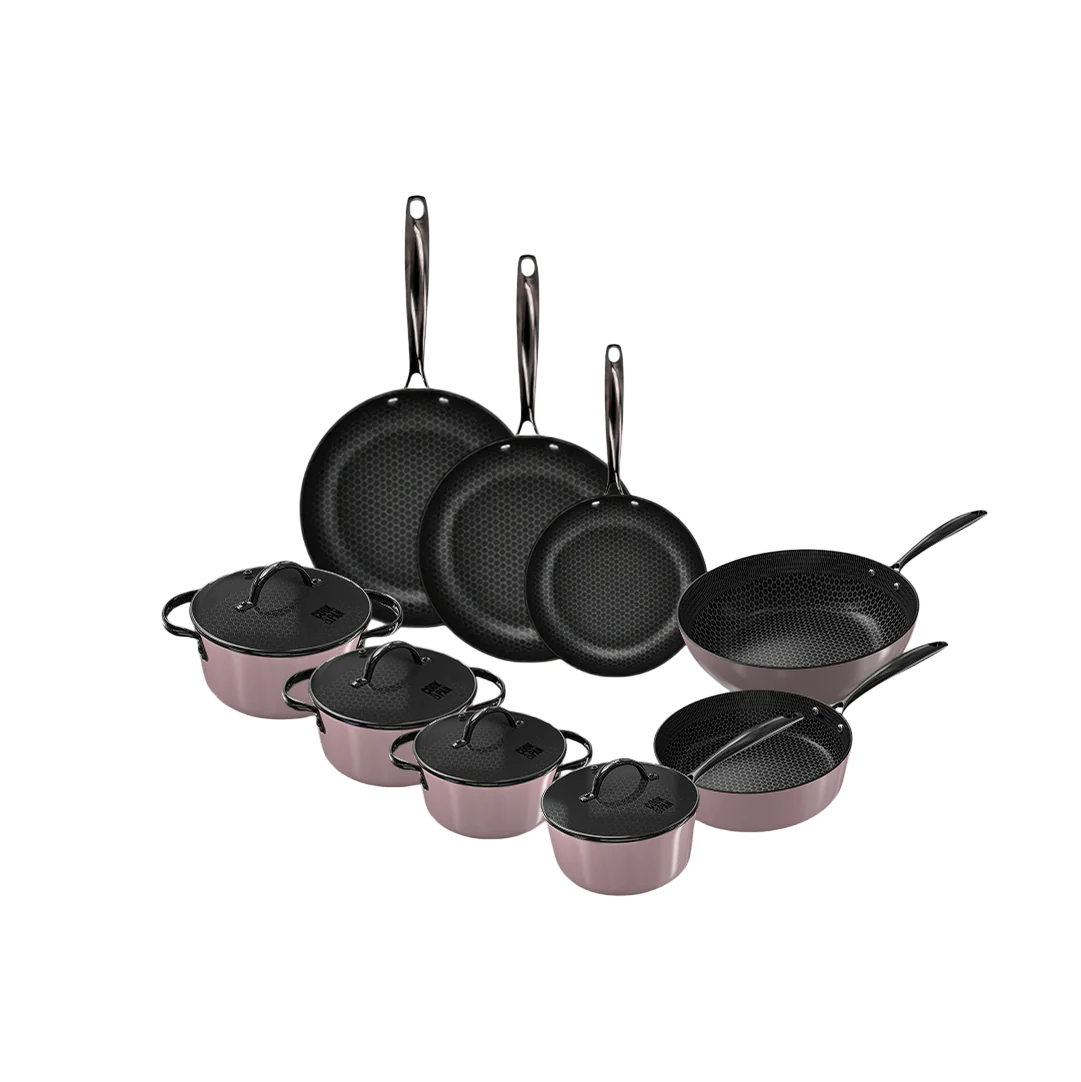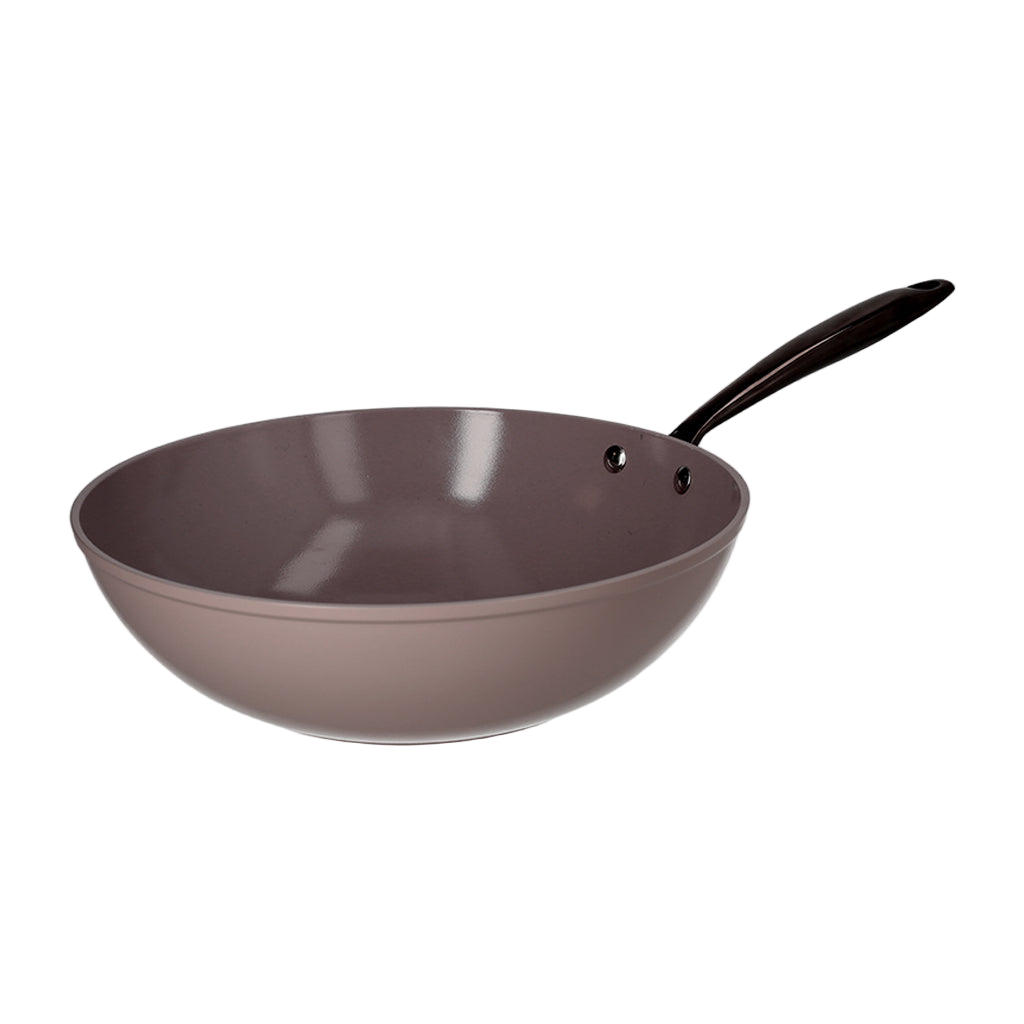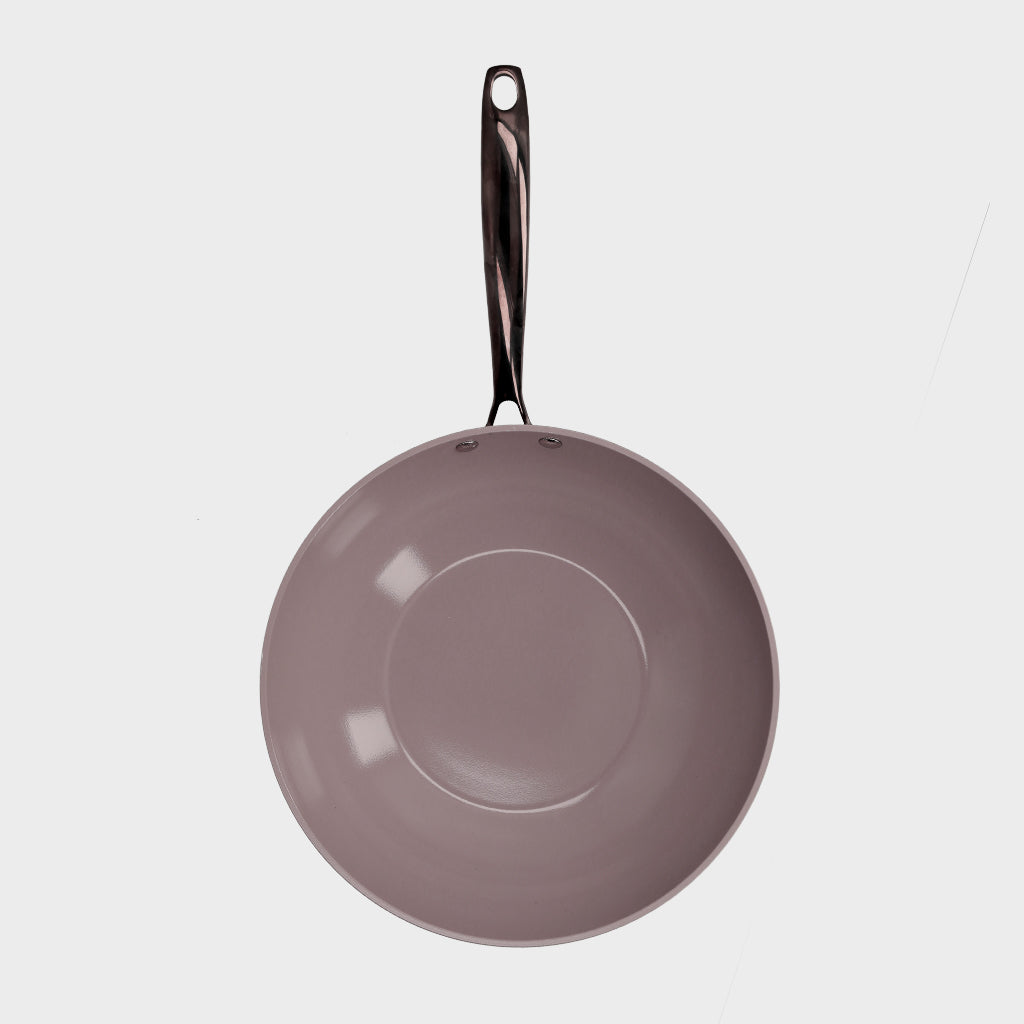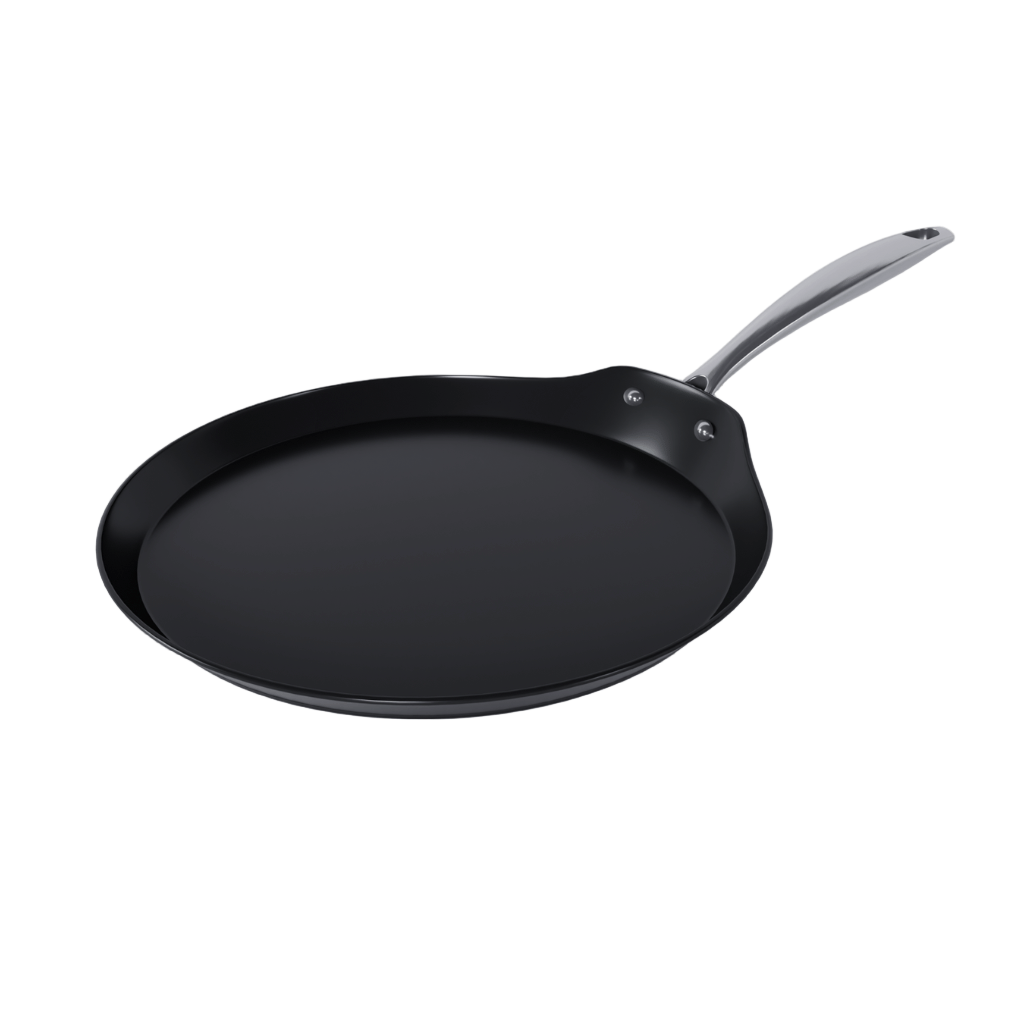Filters
If you love cooking and are looking for top-quality pans that are PFAS-free, you've come to the right place at Cook and Pan. Our PFAS-free pans are perfect for preparing the most delicious dishes in a healthy way. They are durable, and you can trust that you are getting the best quality. They make it easier for you to prepare your favorite dishes, without the chemical PFAS. If you're looking for a way to upgrade your kitchen and make your life easier, Cook and Pan's PFAS-free pans are a must.
What are PFAS-free pans?
What is PFAS?
If you're looking for a way to create a safer and cleaner environment at home, PFAS-free pans are perfect for you. PFAS (Perfluoroalkyl and polyfluoroalkyl substances) are chemical substances that are often used in products such as non-stick pans, food packaging, surface treatments, fire-retardant fabrics, and water-repellent clothing. Although PFAS have major benefits, they can also cause harmful health effects if exposed to large quantities. With pans with a non-stick coating of PFAS, it can happen that, when overheated, pieces of PFAS come loose, which can then be absorbed by your body, which can lead to diseases.
With PFAS-free pans, you are assured of healthy pans, where you don't have to worry about harmful substances. These pans are made without PFAS and are therefore much safer than non-stick pans with PFAS. PFAS-free pans are often made of material such as steel, cast iron, ceramic, or copper. They also have a non-stick coating that prevents food from sticking to the pans, making food preparation much easier.
If you're looking for an environmentally friendly and safe way to cook food, be sure to choose PFAS-free pans. They are a good investment in your health and the environment. They are durable, easy to clean, and last longer. Choose PFAS-free pans and make a better choice for a safer and cleaner environment and conscience.
How do you recognize a PFAS pan?
A pan with PFAS can often be recognized by the classic non-stick coating that is smooth and dark in color. These pans often feel light and smooth and are promoted as easy to clean. An important feature is that they often contain Teflon or another fluoropolymer coating. A quick way to check if a pan contains PFAS is to look at the product information: if terms such as Teflon, PTFE or PFOA-free are mentioned, it is possible that there are still other PFAS compounds in the pan. PFAS-free pans, on the other hand, are often made of materials such as ceramic, cast iron or stainless steel and do not have a synthetic non-stick coating that can release harmful substances when heated.
The advantages of PFAS-free pans:
- Environmental friendliness: PFAS-free pans contribute to a more environmentally friendly kitchen. PFAS (poly- and perfluoroalkyl substances) can be harmful to the environment and tend to accumulate in the soil and water.
- Health: By choosing pans without PFAS, you avoid possible health risks. Studies suggest that exposure to PFAS may be related to health problems, making PFAS-free pans a healthier choice.
- Sustainability: PFAS-free pans can be more sustainable because they release fewer harmful substances into the environment. This contributes to a more sustainable lifestyle and helps reduce the ecological footprint. A ceramic non-stick coating also generally lasts longer.
- Safe cooking: Pans without PFAS offer a safer cooking environment because they do not release harmful chemicals when heated. This is especially important when it comes to preparing food for you and your family.
- Long lifespan: PFAS-free pans can have a longer lifespan because they are often made of durable materials that are resistant to wear and tear, such as ceramic. This means less frequent replacement and less waste.
Why choose pans without PFAS?
When looking for a new cookware set, it is important to know what it is made of. Many pans contain PFAS, a substance that is not good for your health and the environment. PFAS is used for non-stick coatings because it is water and dirt-repellent. But the problem is that this substance does not break down in the environment and can accumulate in your body. That's why it's smart to choose a pan without PFAS.
A good choice is a pan with a ceramic non-stick coating. These pans are healthier and better for the environment. They have the same non-stick properties, but without the harmful effects of PFAS. In short, a ceramic non-stick coating is a safer and more sustainable alternative for a healthy cooking experience.
Which pans are PFAS-free? Check out the top 3 best pans
If you're looking for a healthier and safer alternative to traditional non-stick pans, PFAS-free pans are the right choice. Fortunately, there are several high-quality options available that are completely free of harmful chemicals. Below you will find the three best PFAS-free alternatives:
- Ceramic pans – These pans have a natural non-stick coating and can be heated to high temperatures without worry. They are ideal for everyday use and easy to clean.
- Stainless steel pans (RVS) – Stainless steel pans do not contain a coating and are perfect for baking meat and vegetables. Although they do not have a traditional non-stick coating, they can still deliver excellent baking results with proper use.
- Cast iron pans – Dutch ovens are robust and last a lifetime. They require a little more maintenance, such as regular seasoning, but offer a natural and safe non-stick coating over time.
Do you want to know more about which pan best suits your cooking style? Then view our extensive collection of PFAS-free pans and choose a safe and sustainable option for your kitchen. At Cook and Pan we have a wide range of PFAS-free cookware sets, PFAS-free frying pans, PFAS-free wok pan, PFAS-free casserole pans, PFAS-free saucepan, PFAS-free sauté pan, PFAS-free cooking pot and so on.
Keep this in mind before you buy a frying pan without PFAS
Before purchasing a PFAS-free frying pan, it is good to pay attention to a number of important points:
- Suitable for heat sources – Not all PFAS-free pans are suitable for every heat source. Check whether the pan is compatible with gas, induction, ceramic or electric cooking.
- Material choice – Choose a material that suits your cooking style. Ceramic offers a good non-stick coating, stainless steel is robust and cast iron retains heat well.
- Weight and handle – Cast iron pans, for example, are heavier than ceramic or stainless steel pans. It is also useful to see whether the handle is heat-resistant and comfortable to use.
- Maintenance – Some PFAS-free pans, such as cast iron, require special maintenance such as seasoning and hand washing. Others, such as ceramic pans, are often dishwasher safe.
- Non-stick properties – Although ceramic pans have a good non-stick coating, cooking with stainless steel or cast iron requires a different baking technique to prevent food from sticking.
- Durability and lifespan – PFAS-free pans often have a longer lifespan, especially cast iron and stainless steel variants, which can last for generations with good maintenance.
- Environment and impact – Choose a pan that is not only good for your health, but also for the environment. PFAS-free pans without harmful substances contribute to a more sustainable world.
Are PFAS-free pans suitable for induction?
Yes, many PFAS-free pans are suitable for induction, but this depends on the material of the pan. Stainless steel and cast iron pans are generally induction-friendly, while some ceramic pans need a magnetic base to work well on an induction hob. Always check the product description to ensure that the pan is compatible with your heat source.






